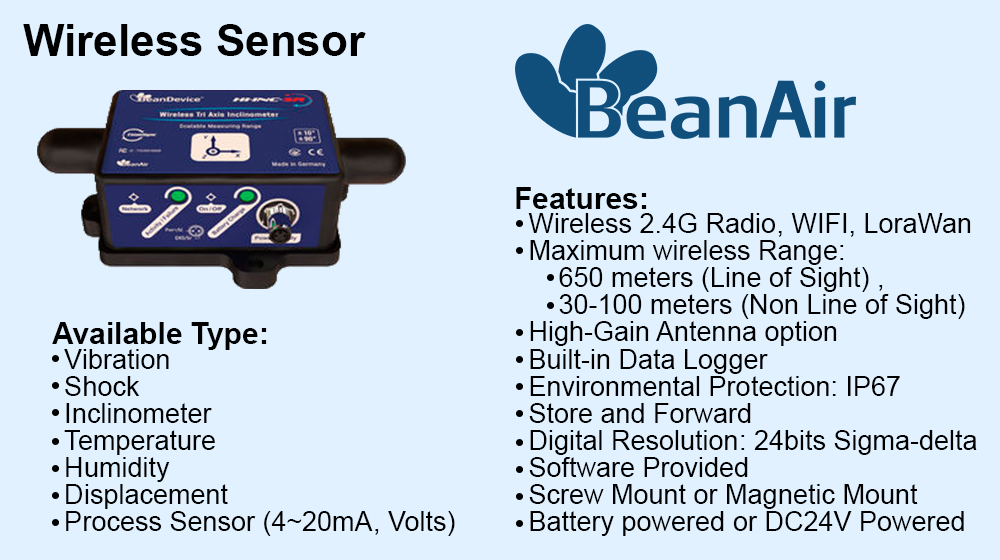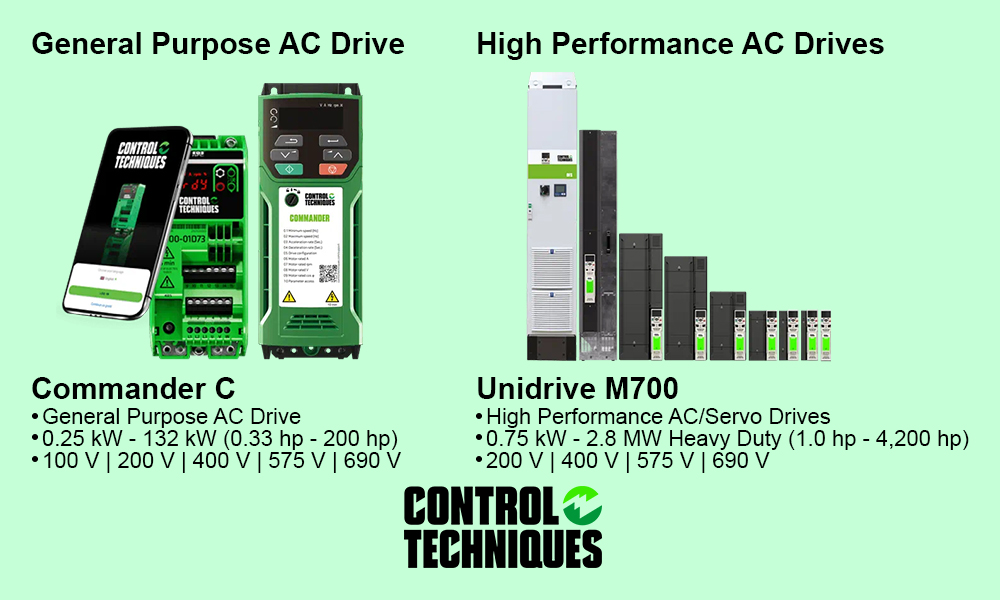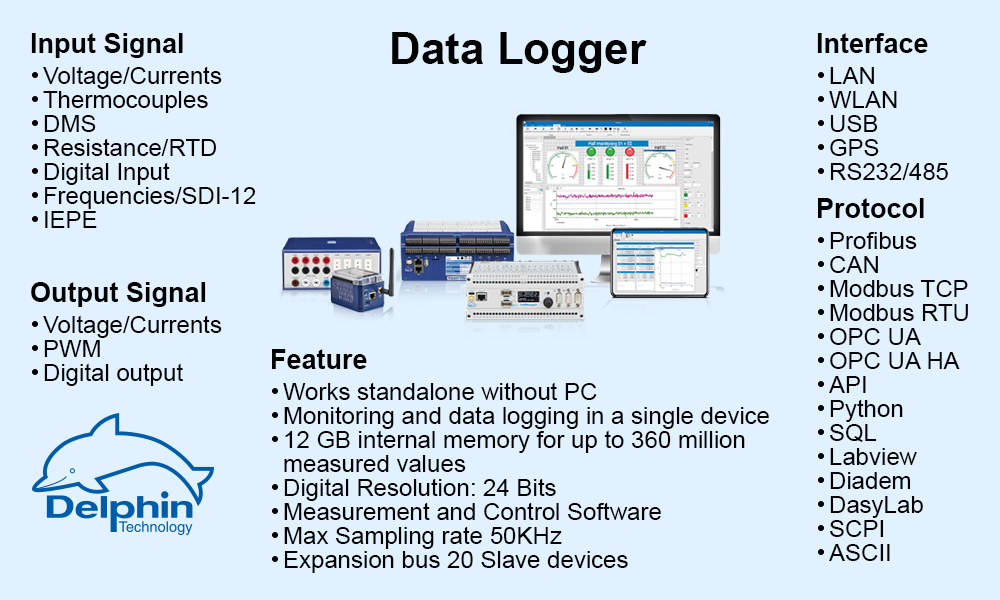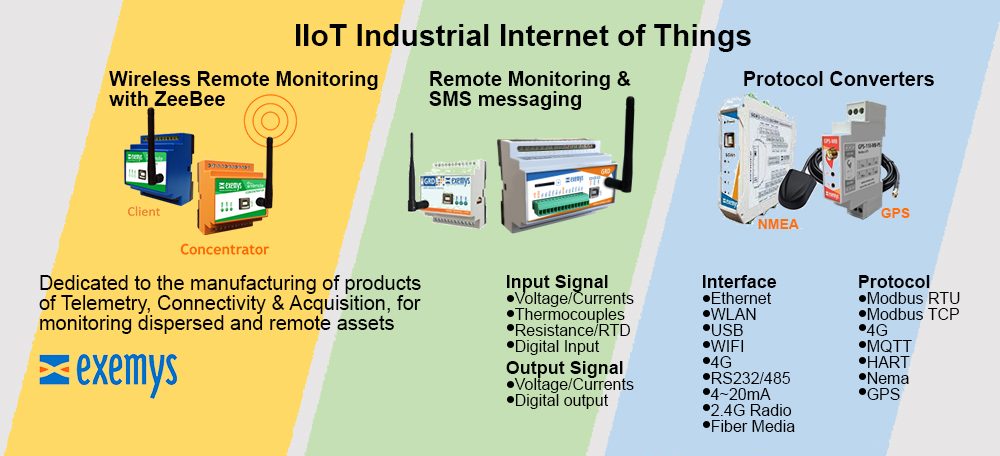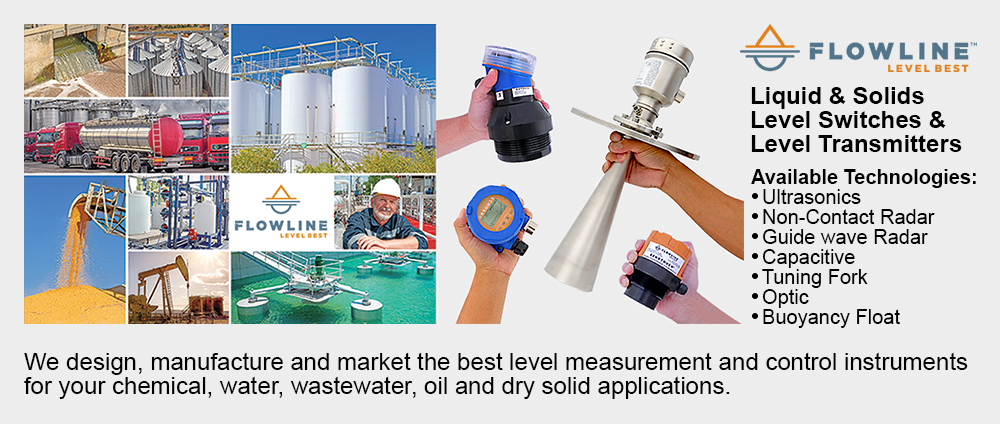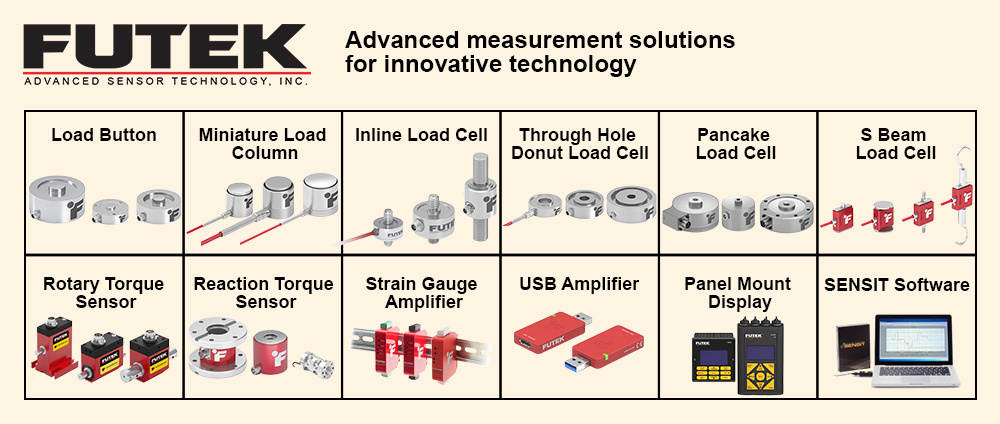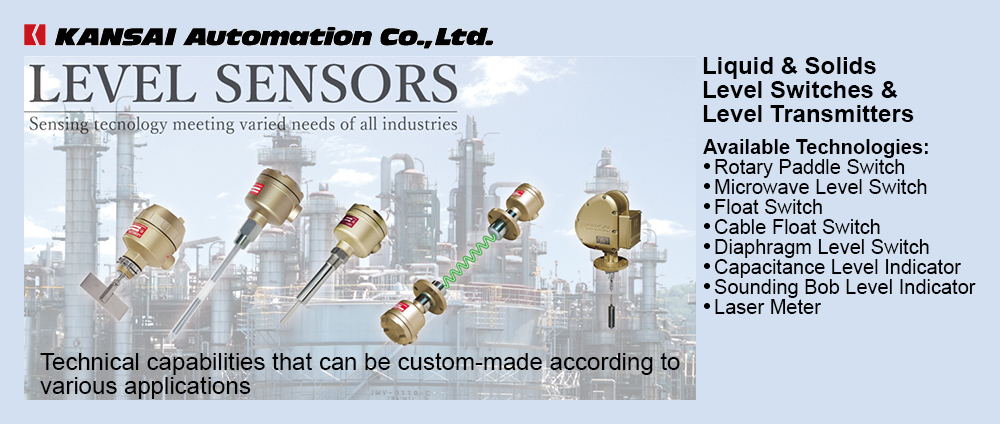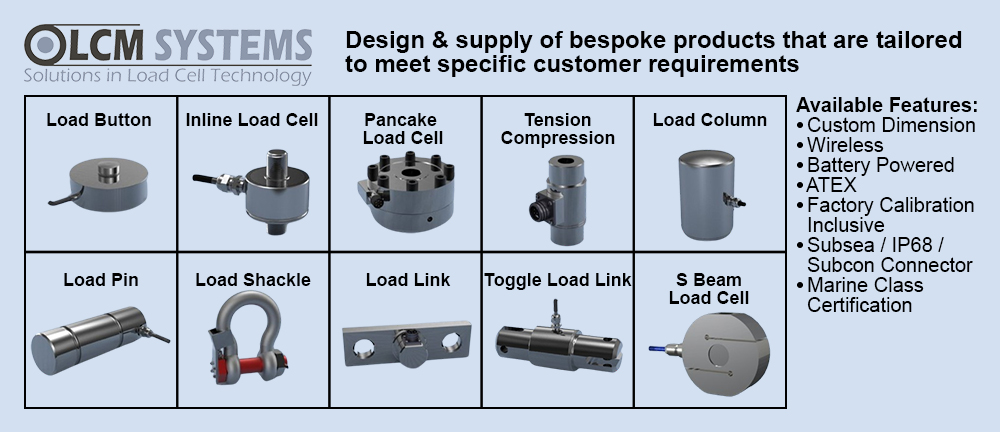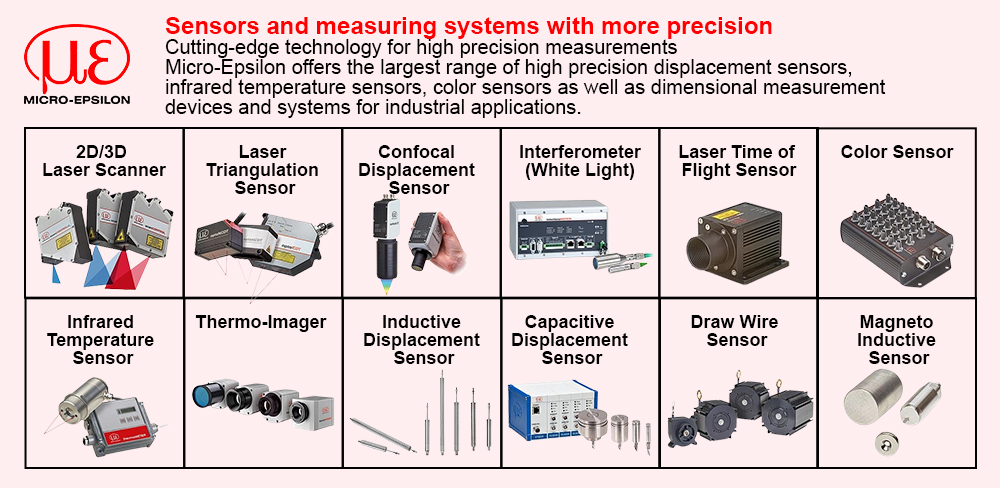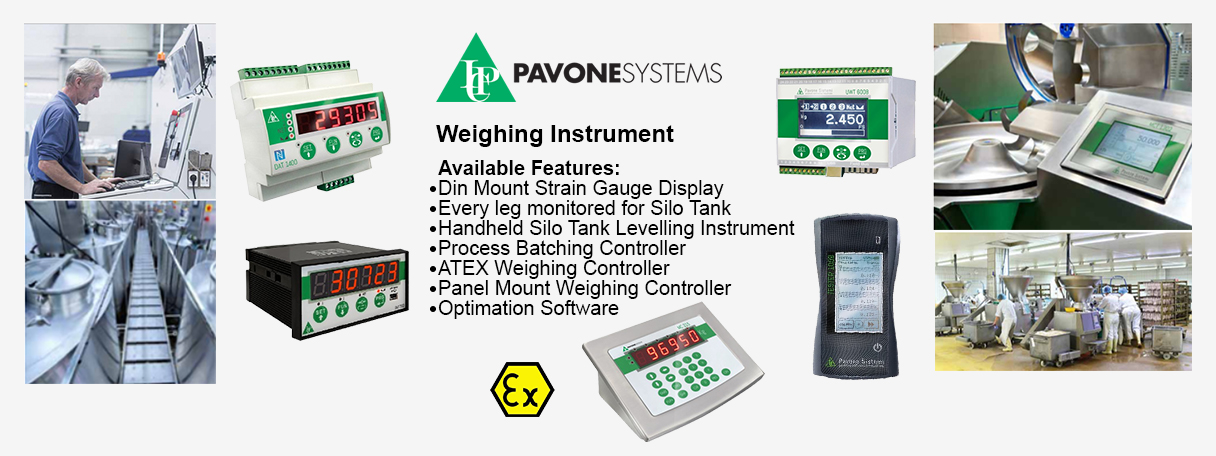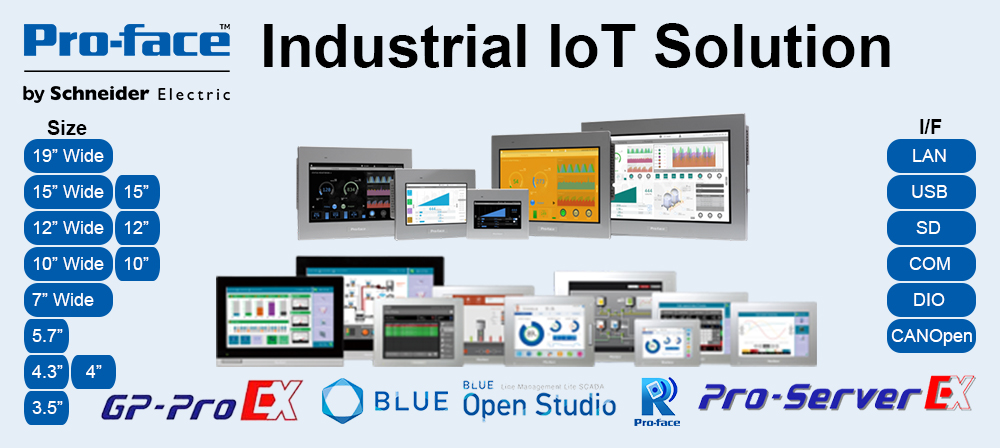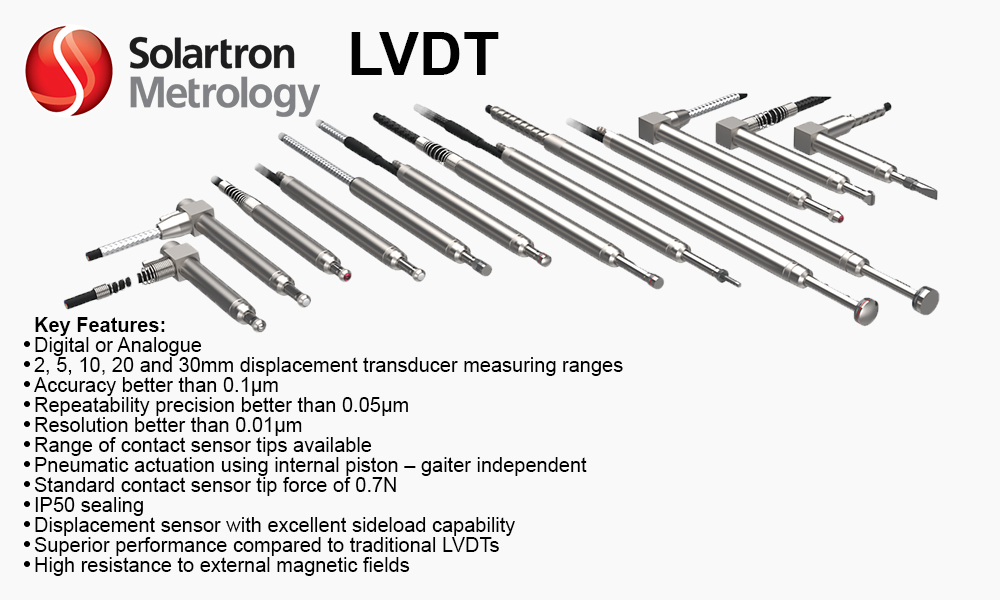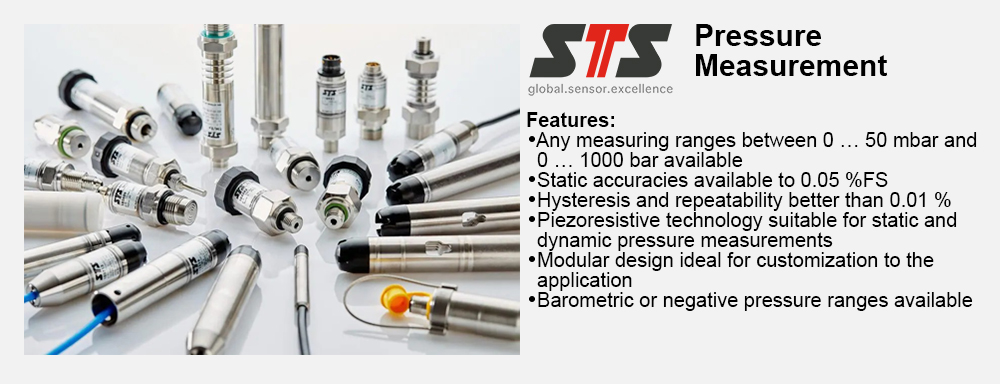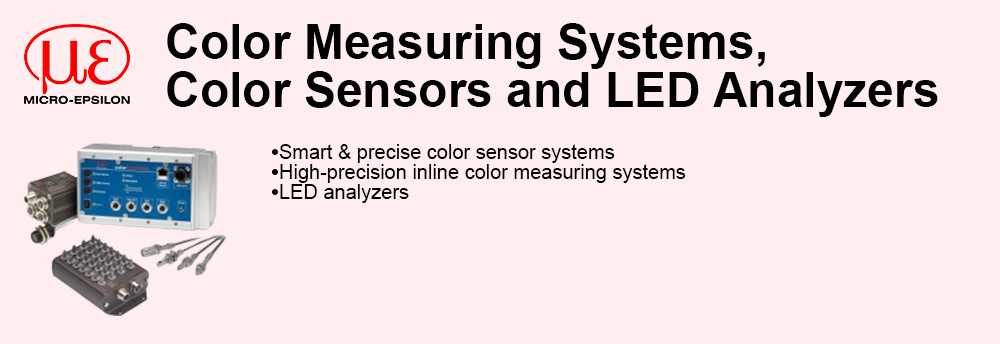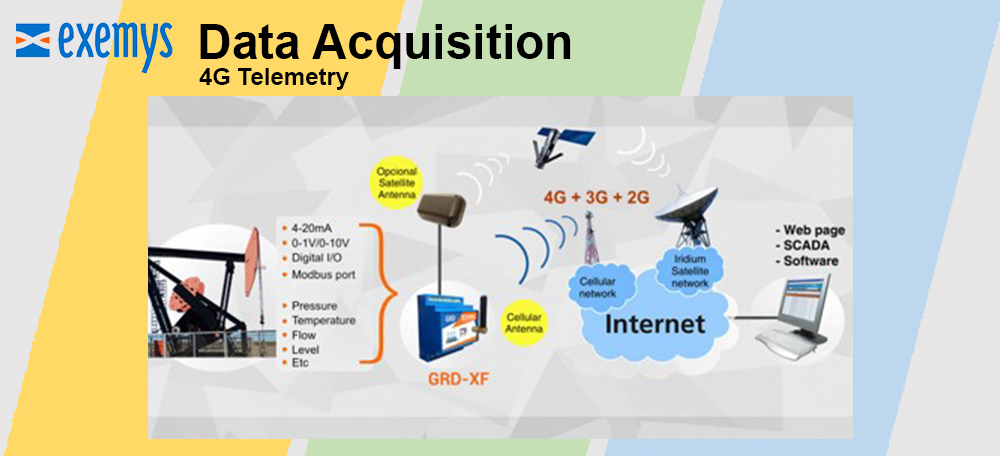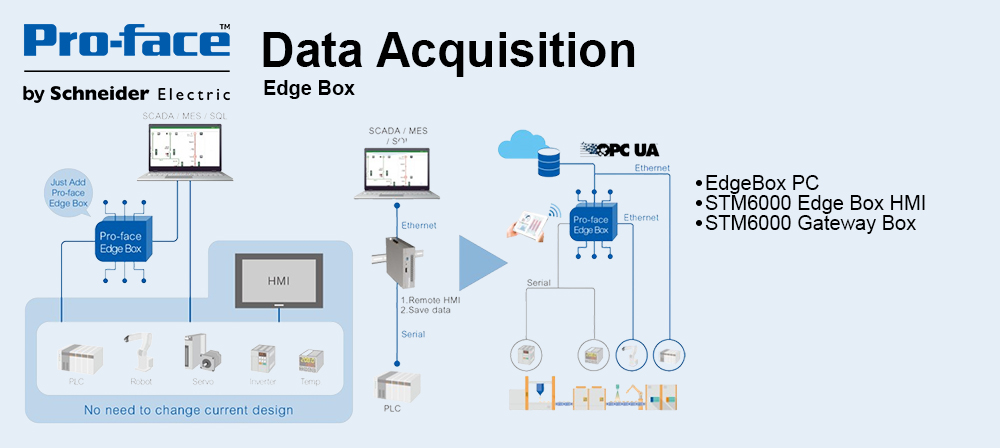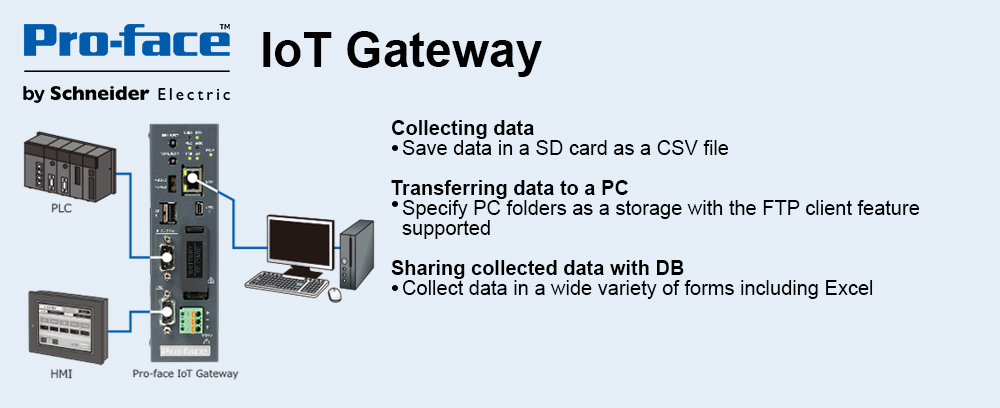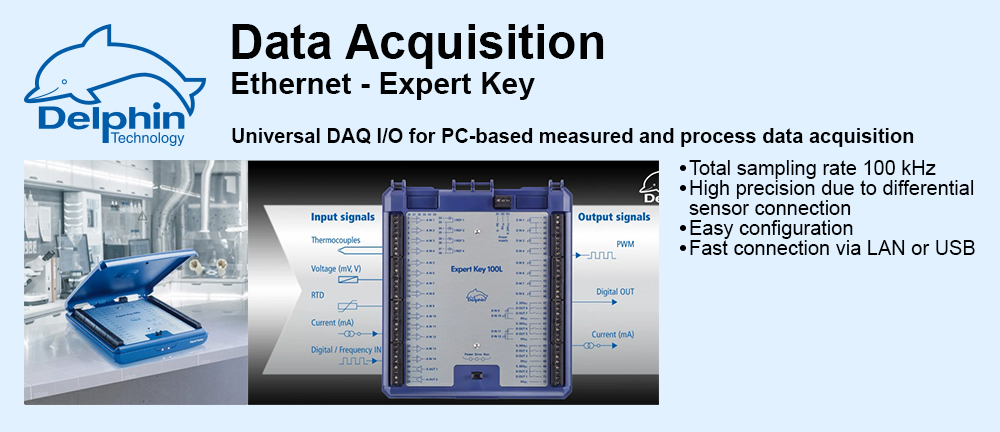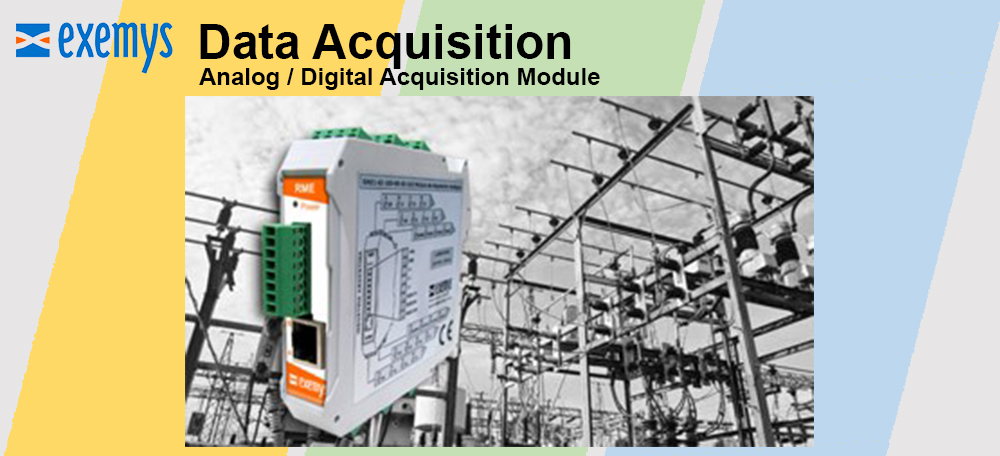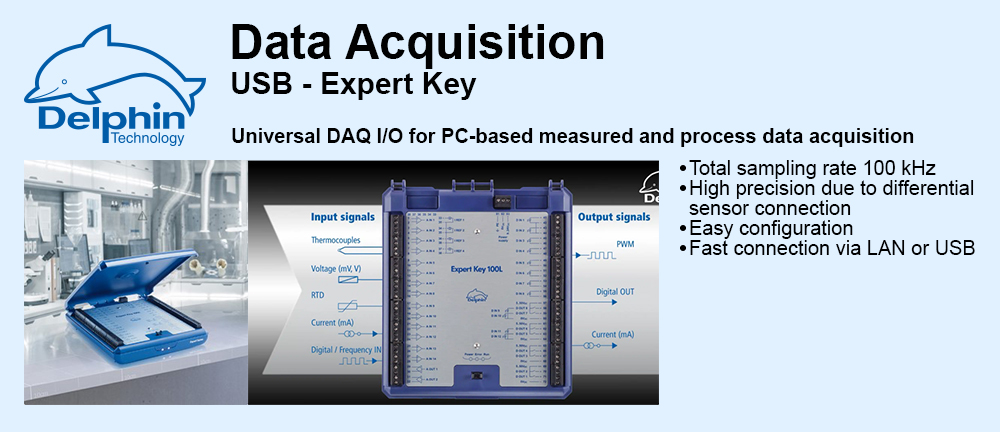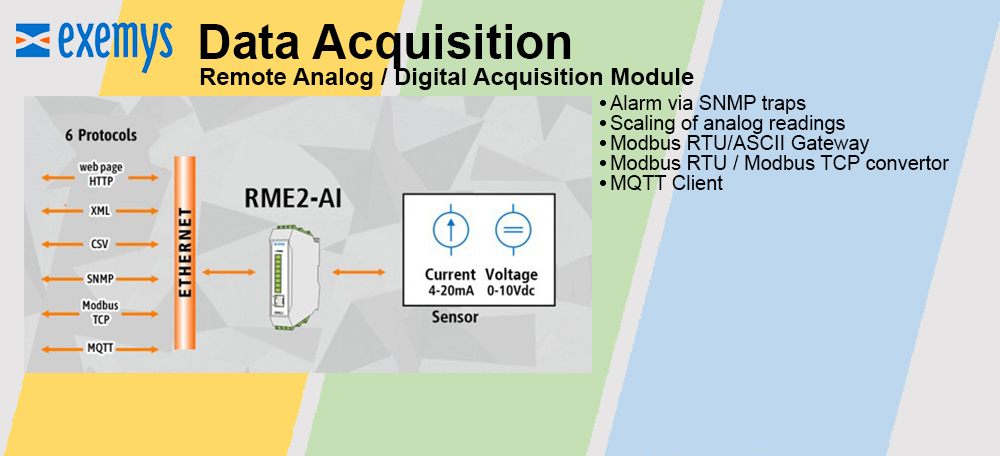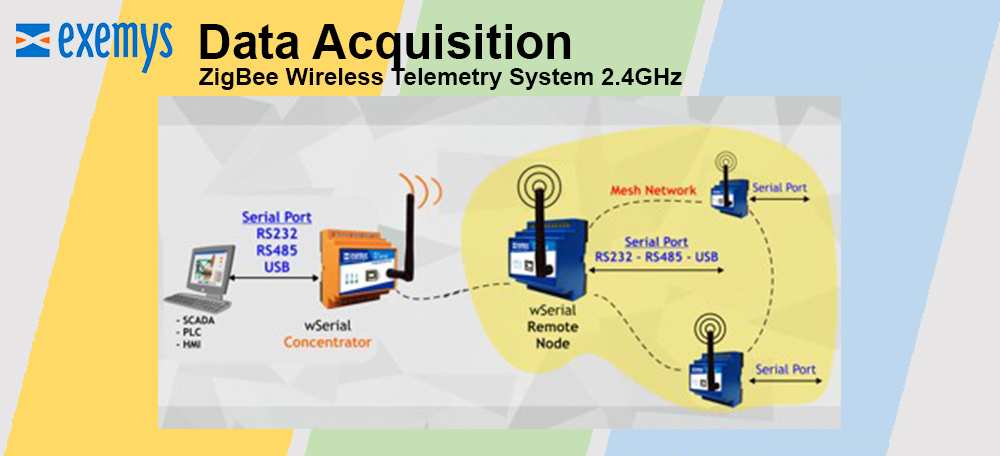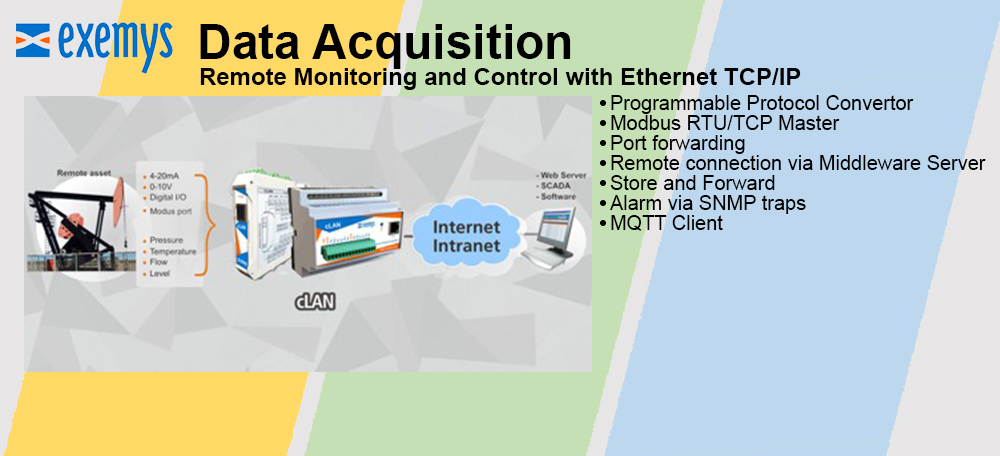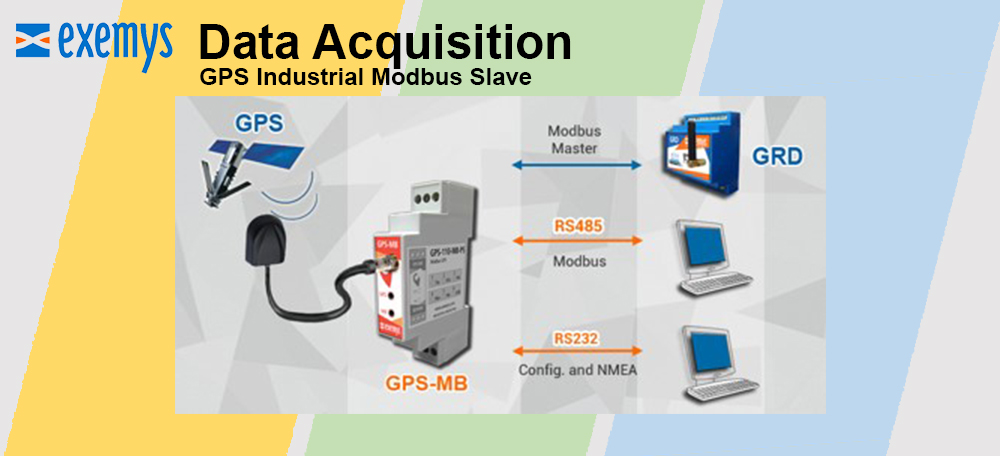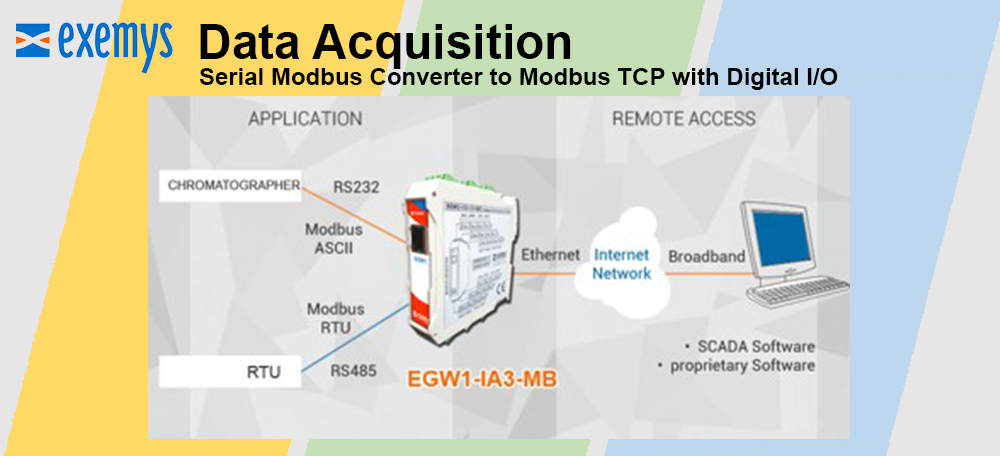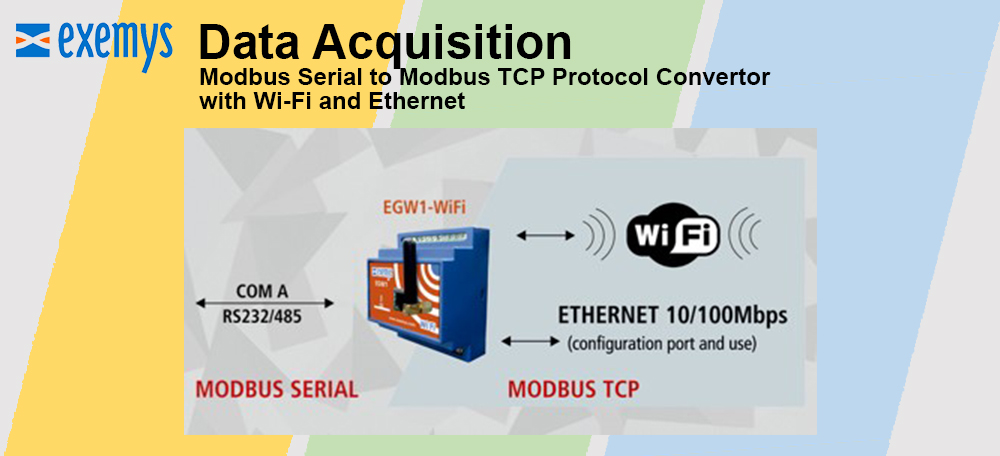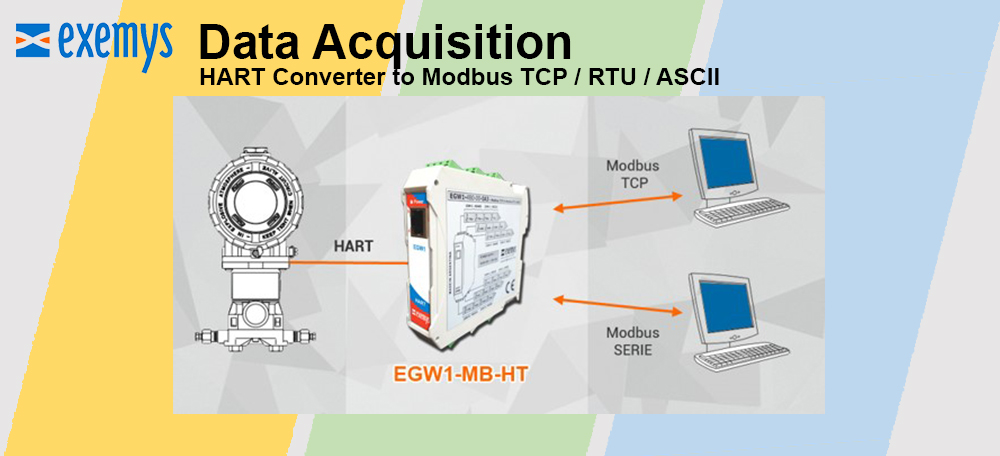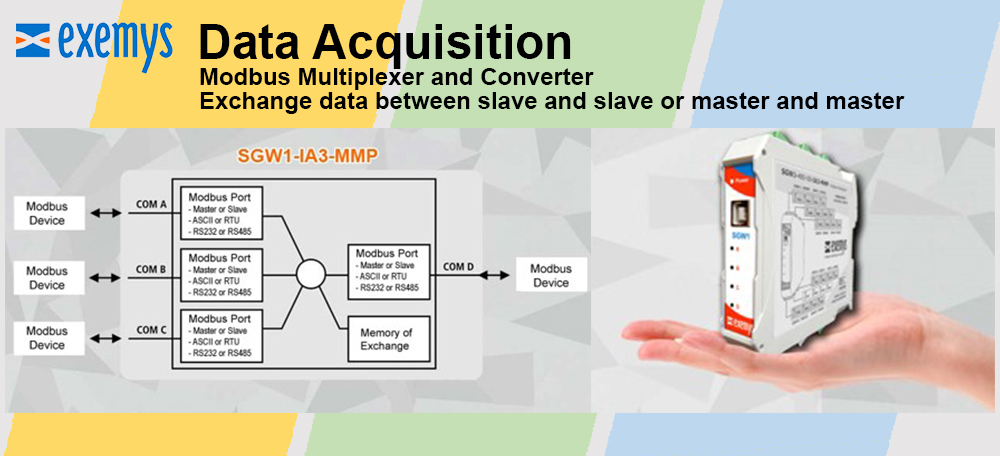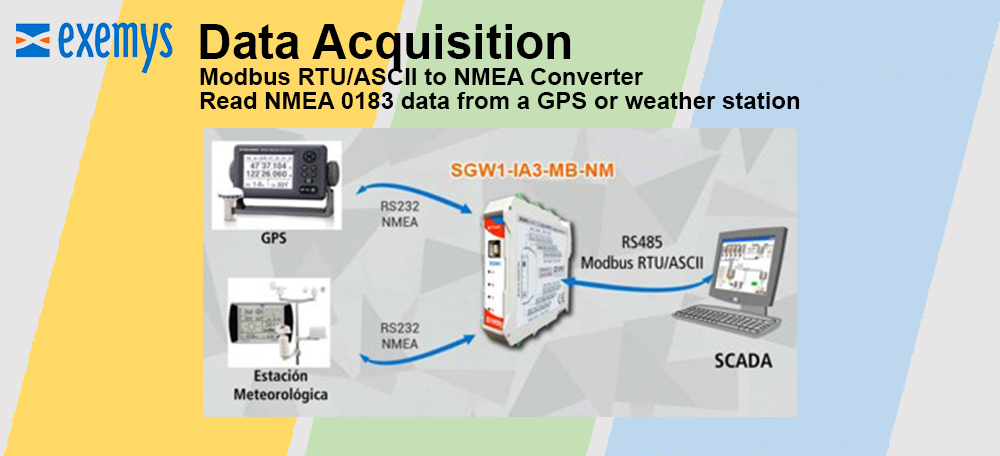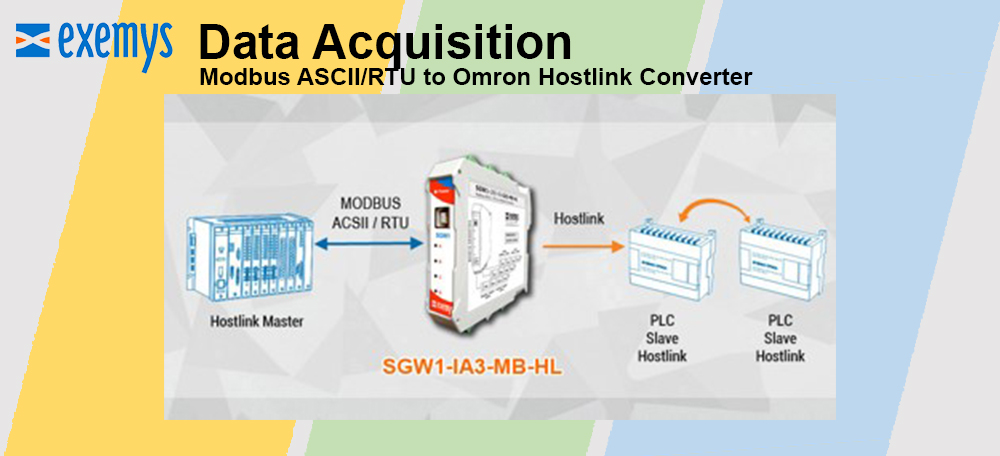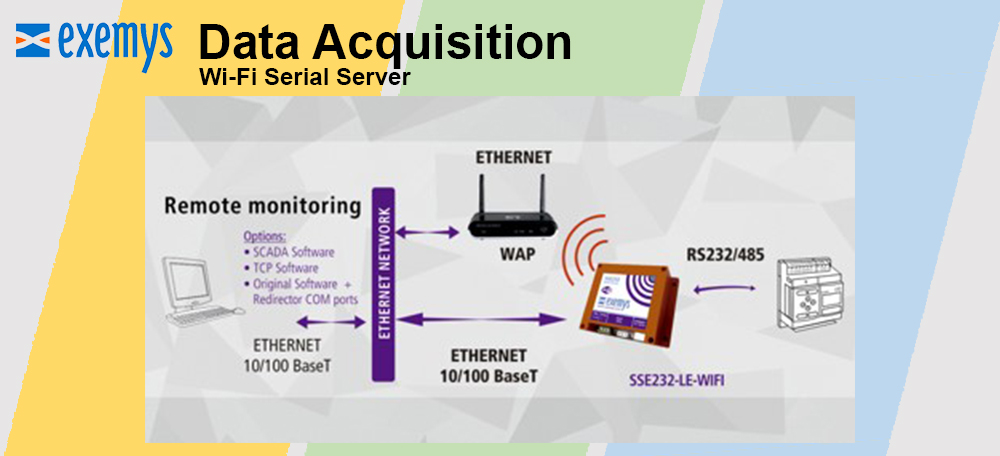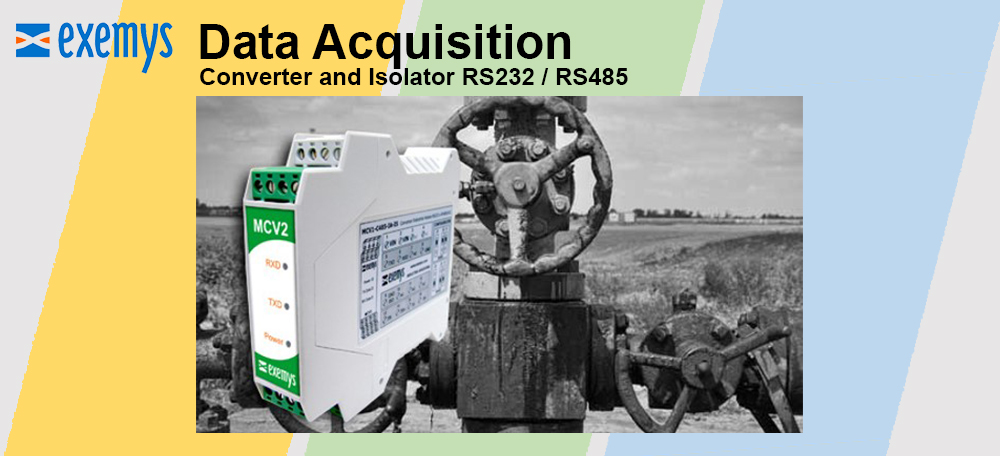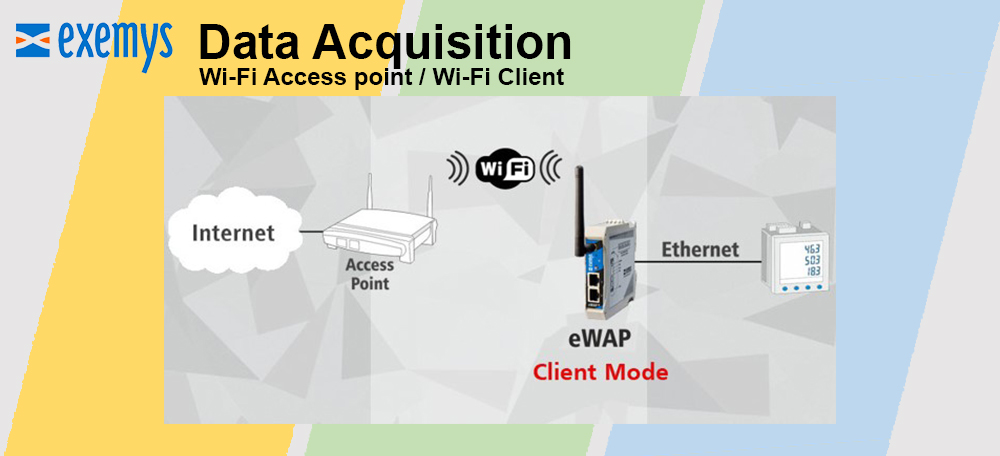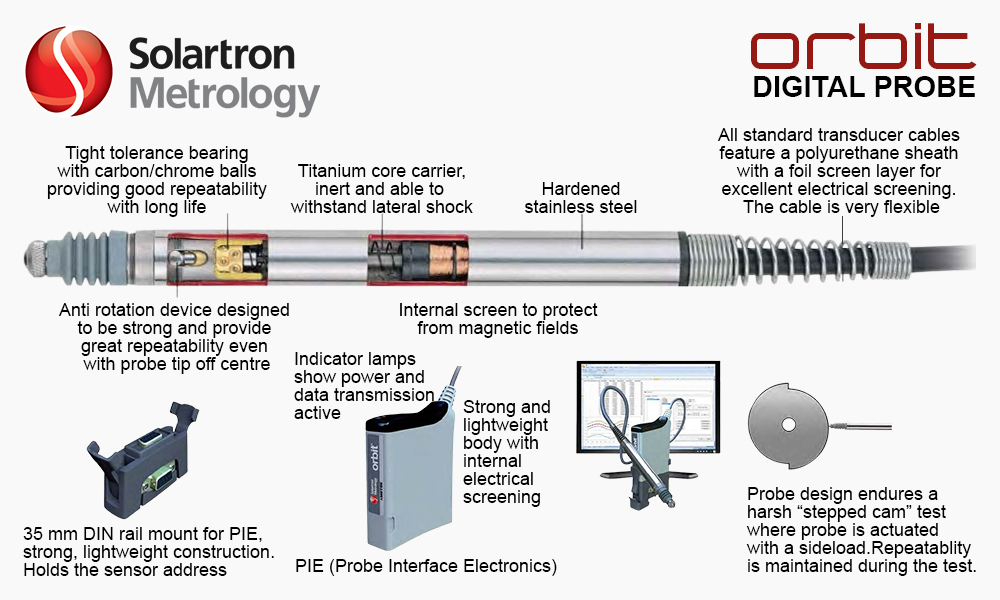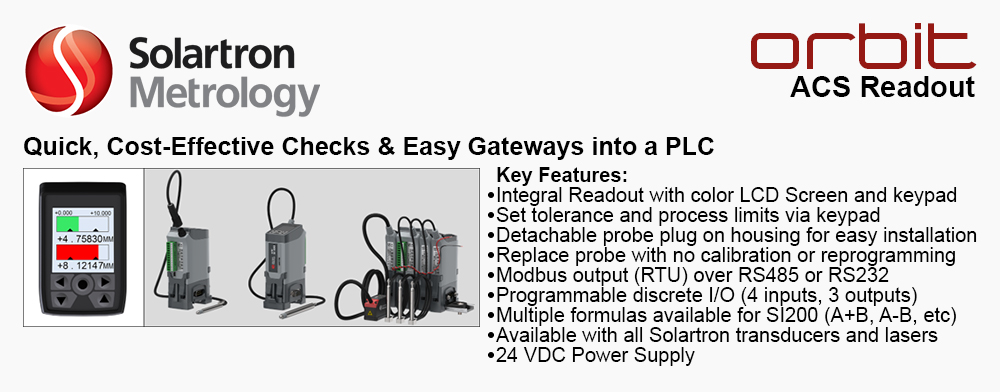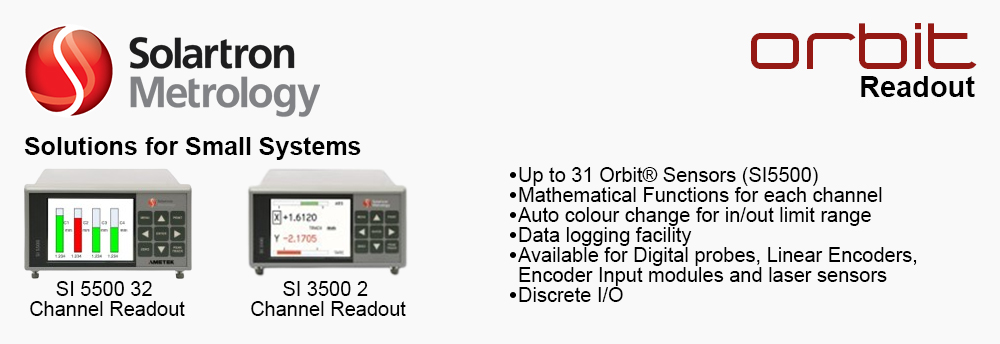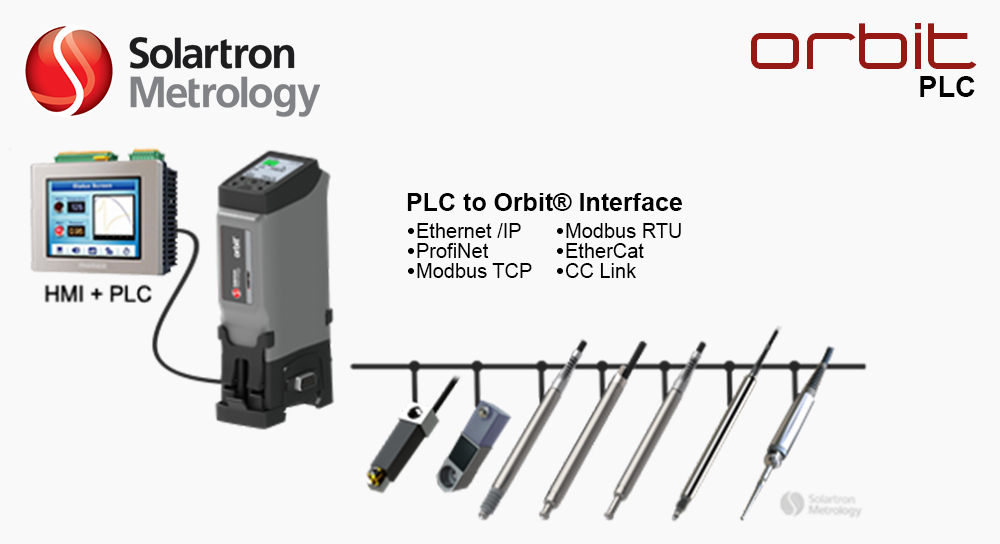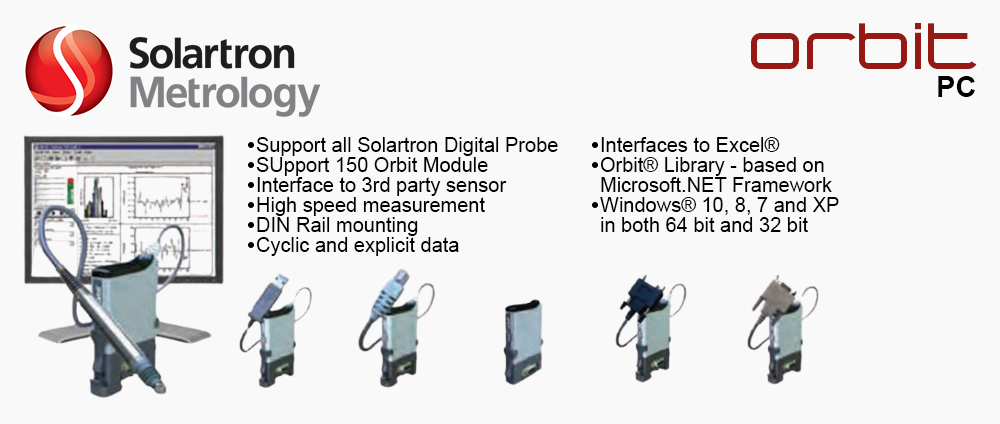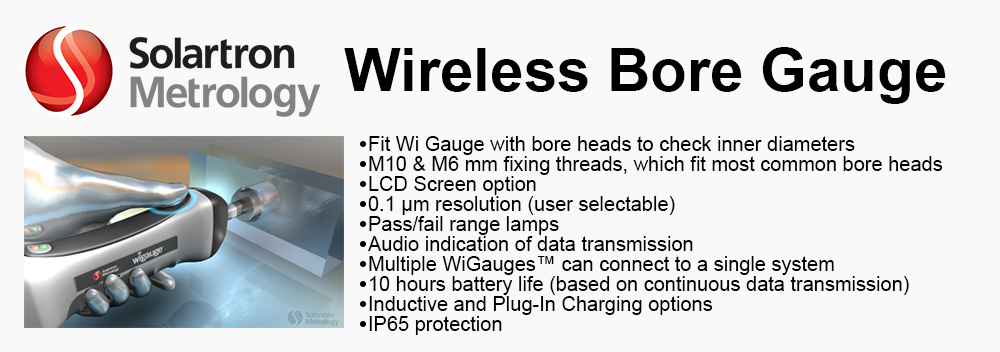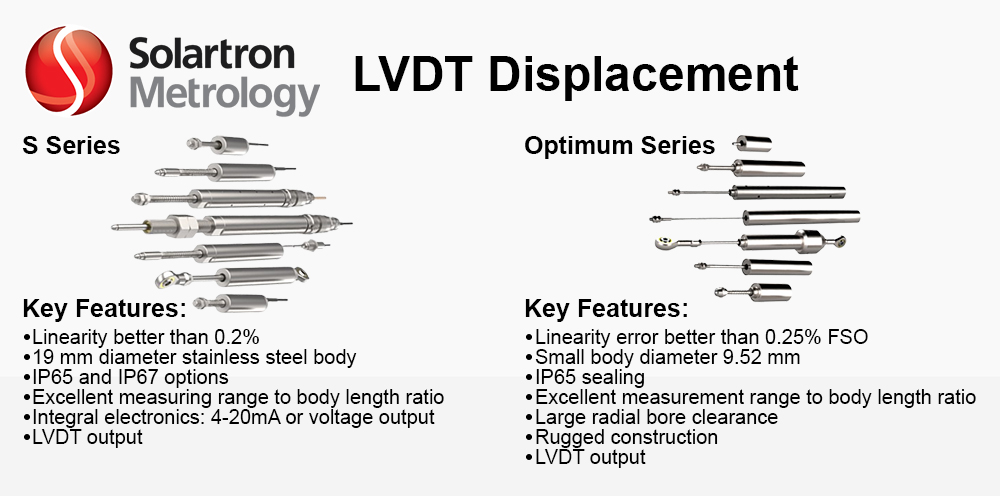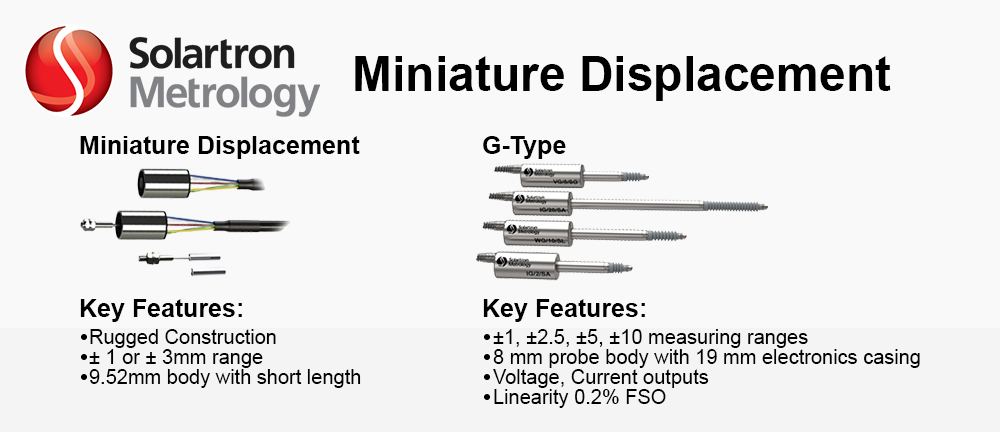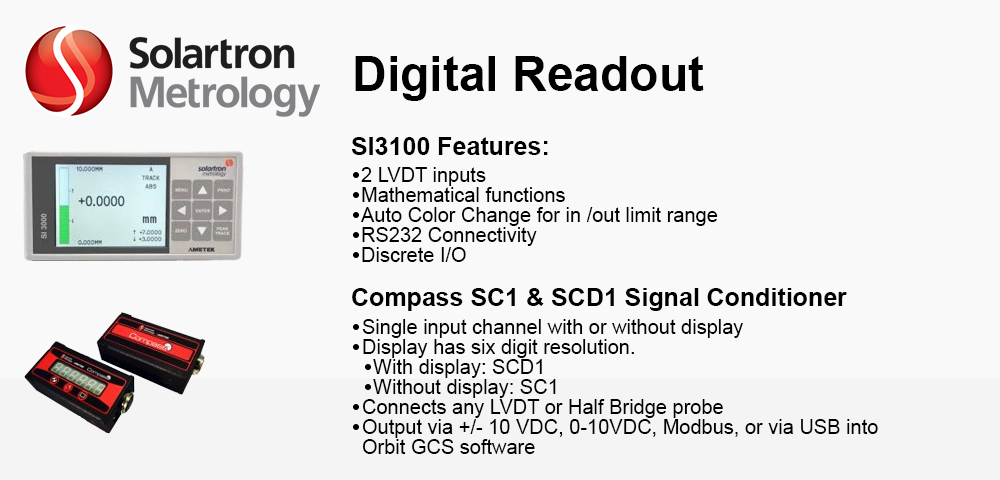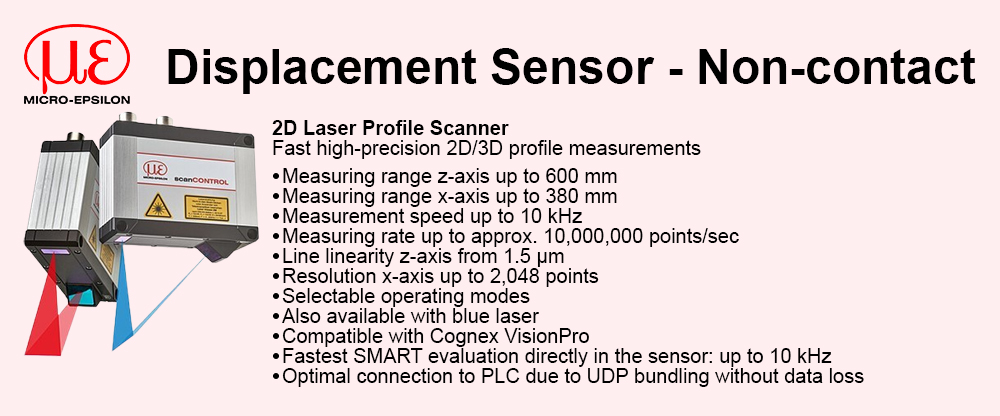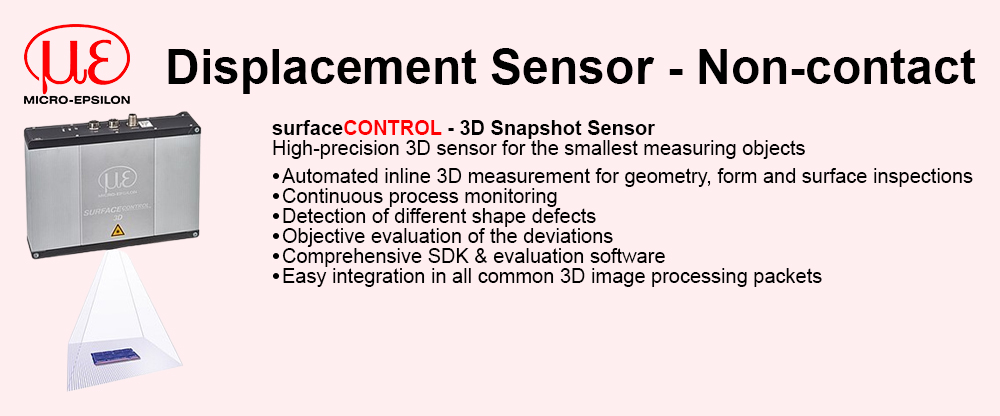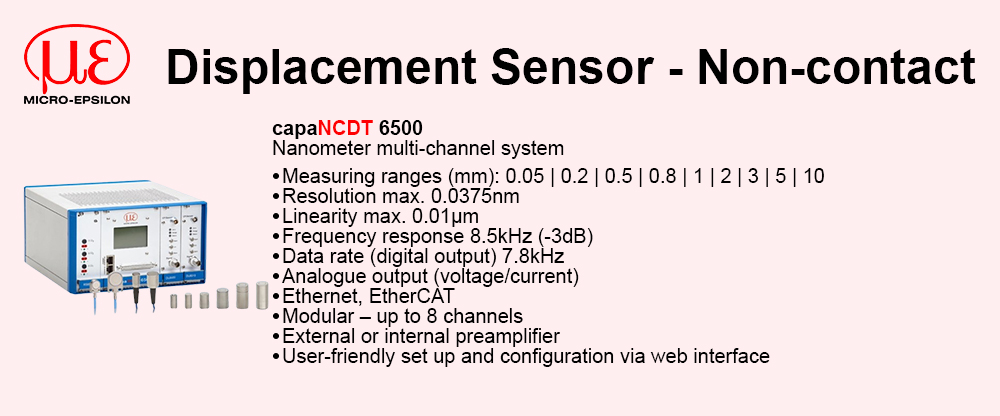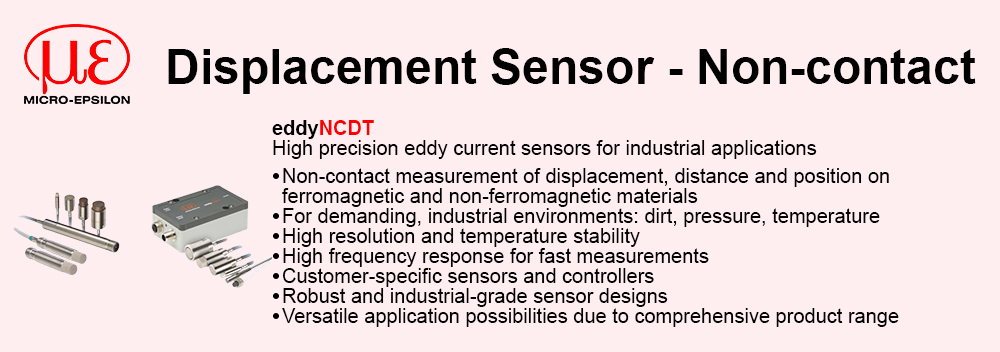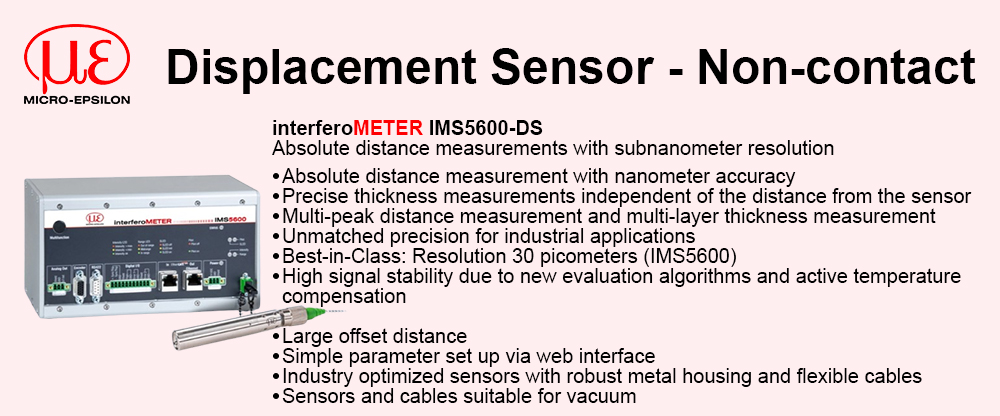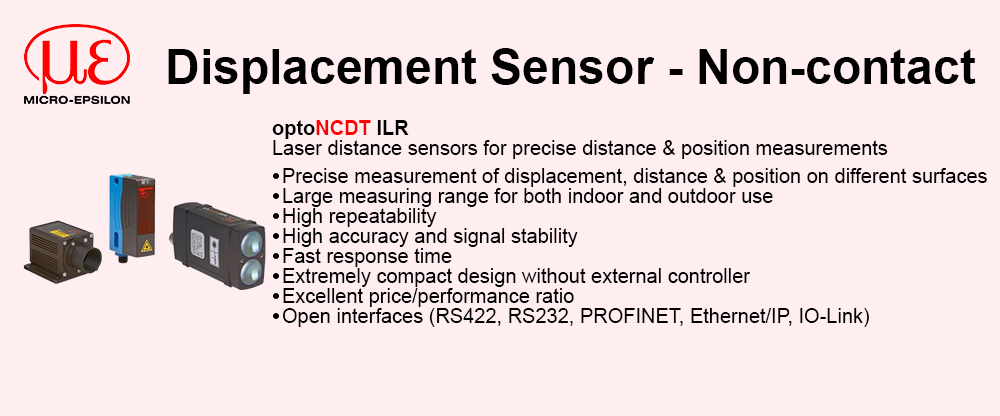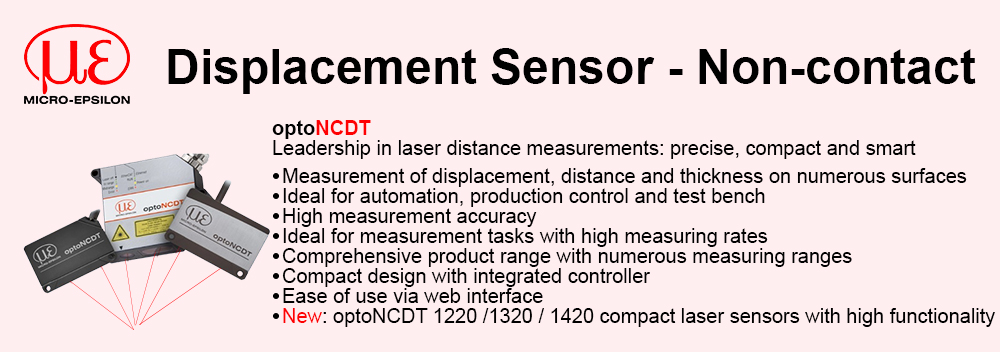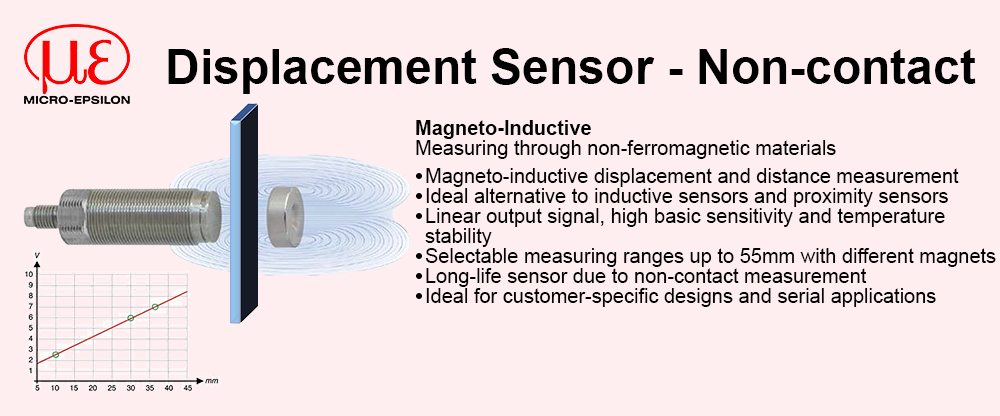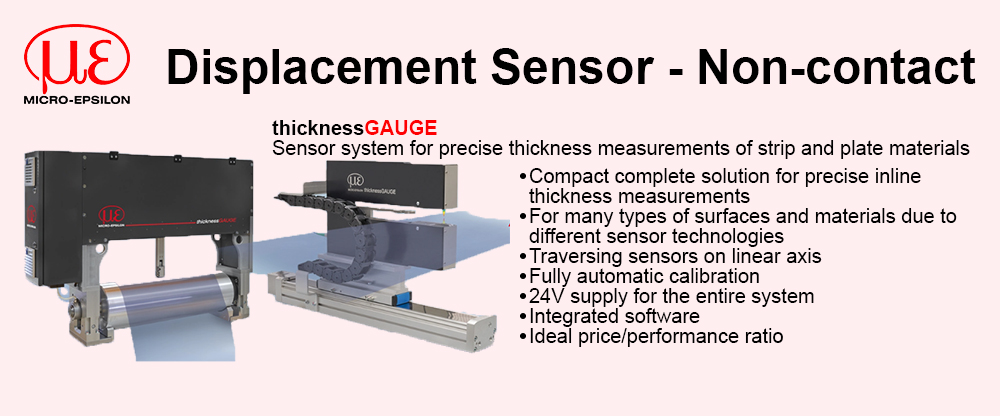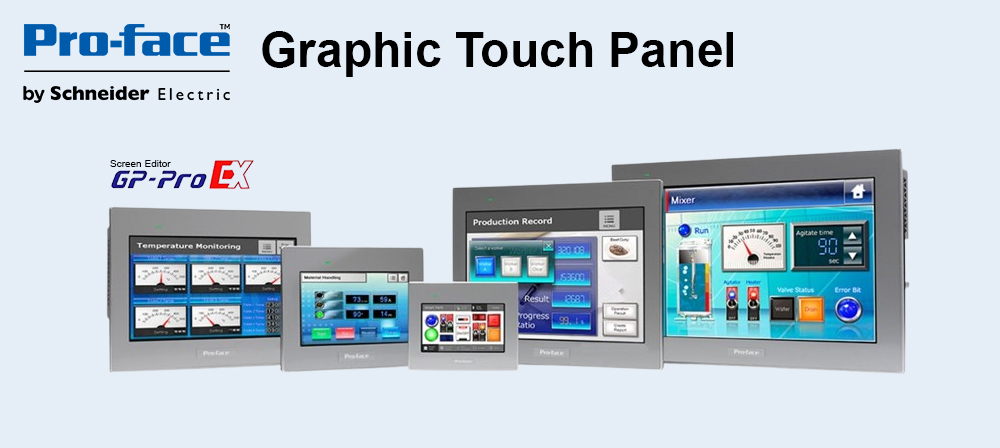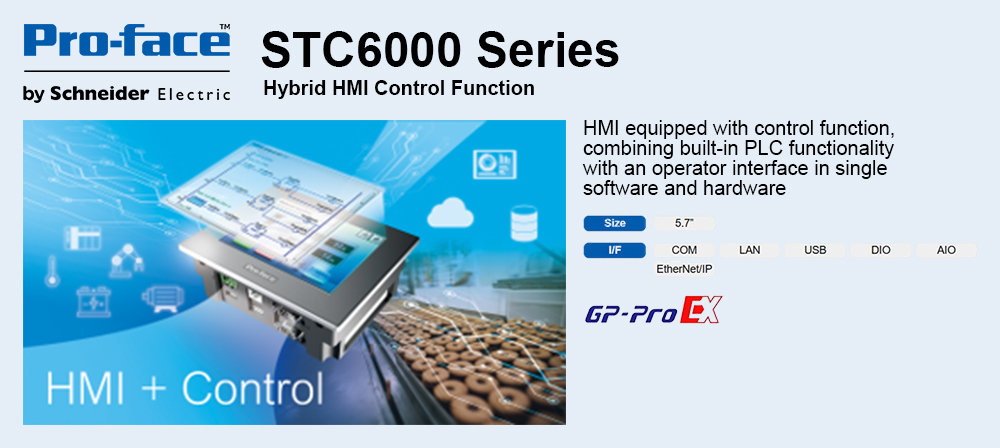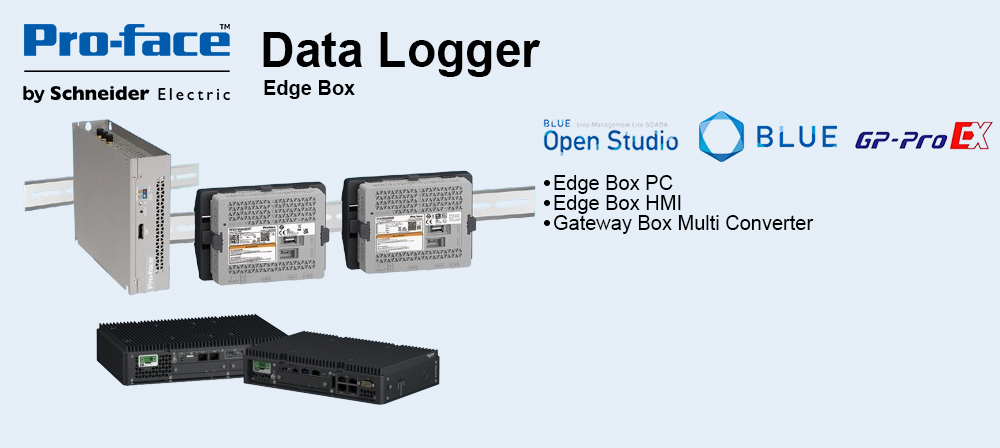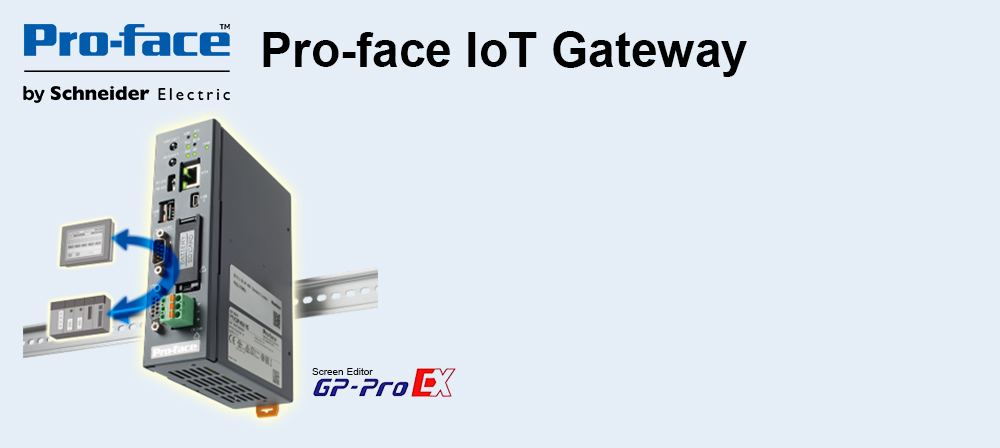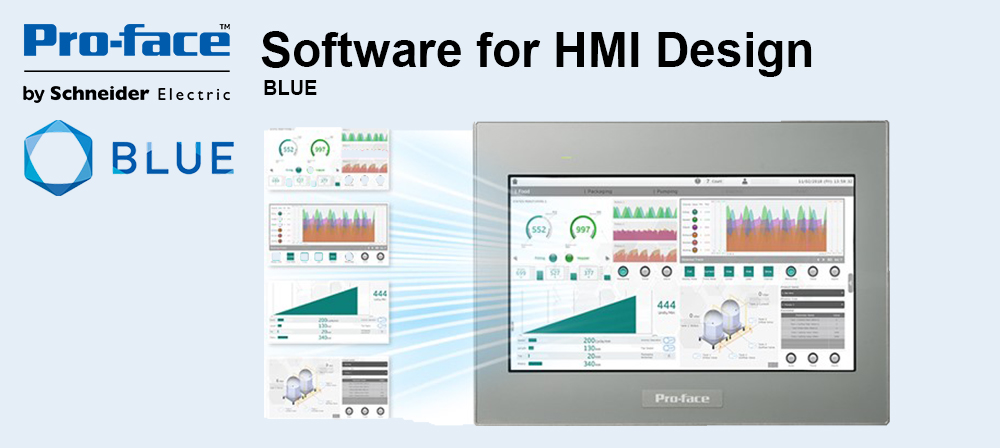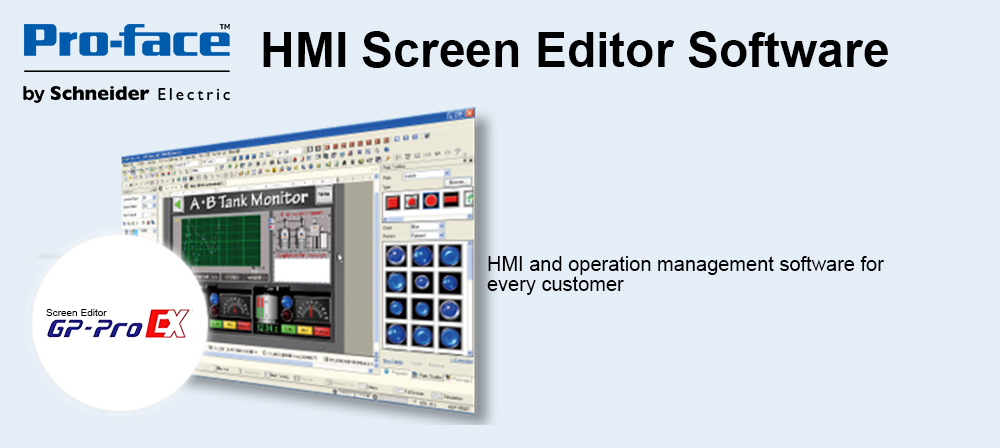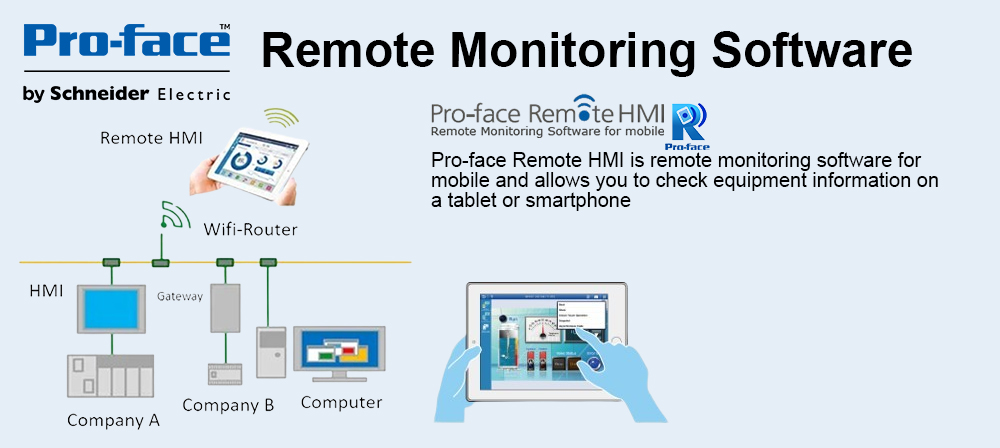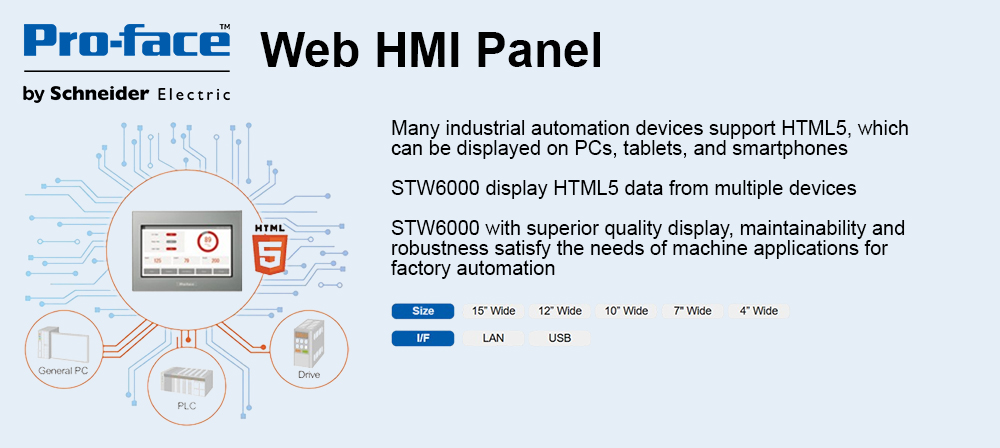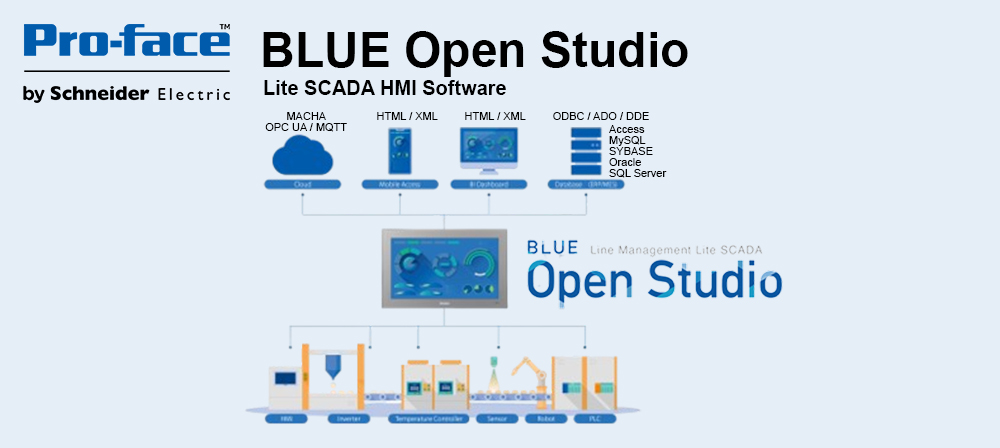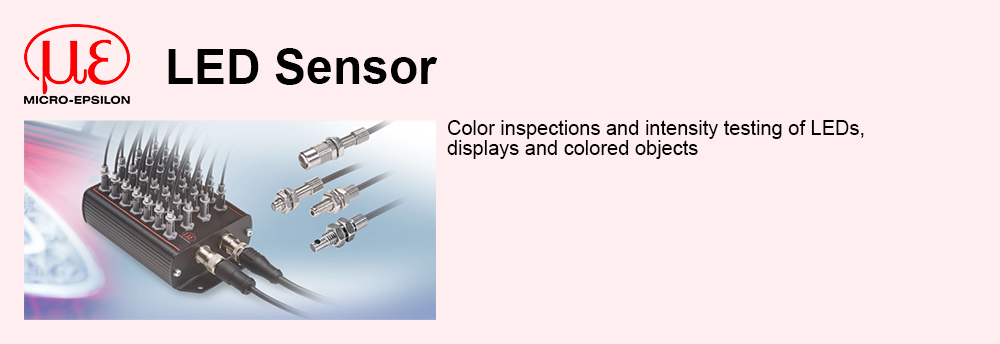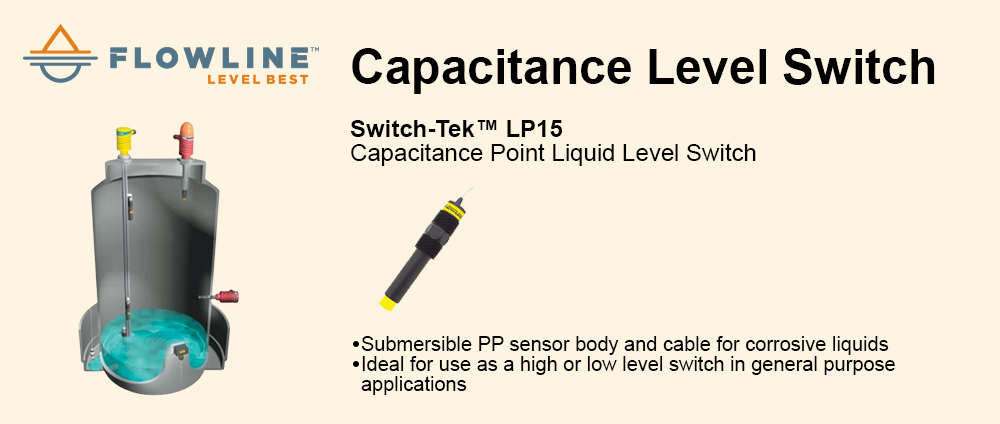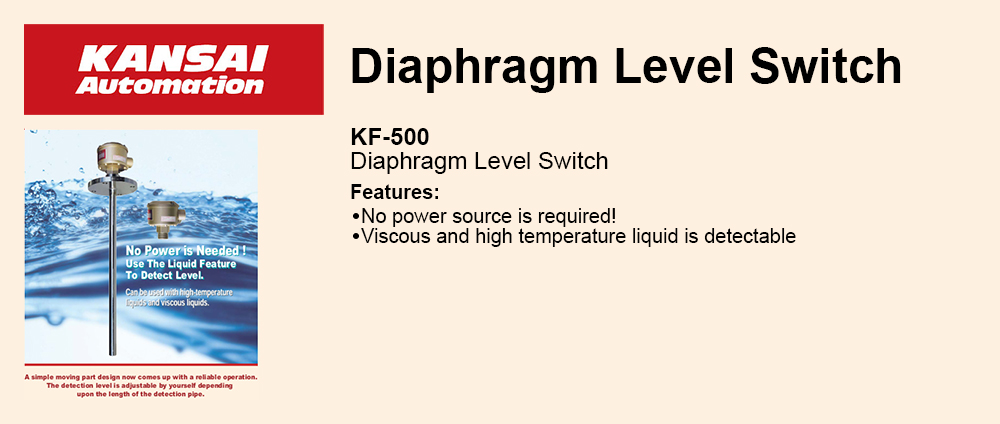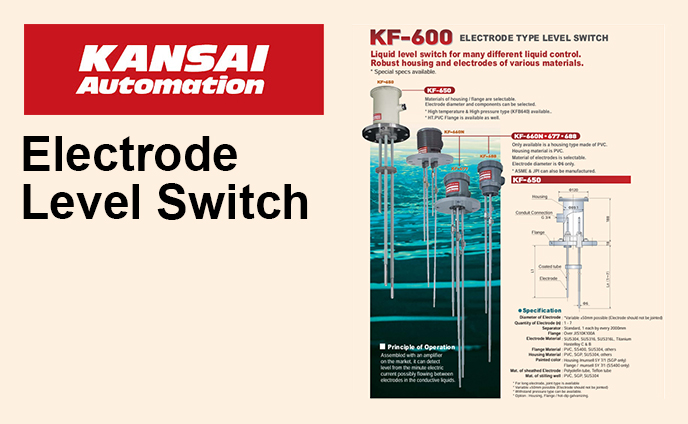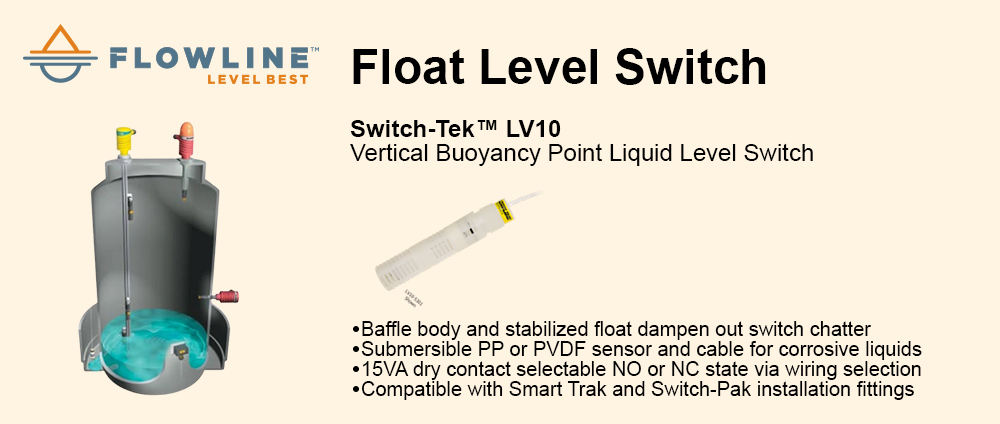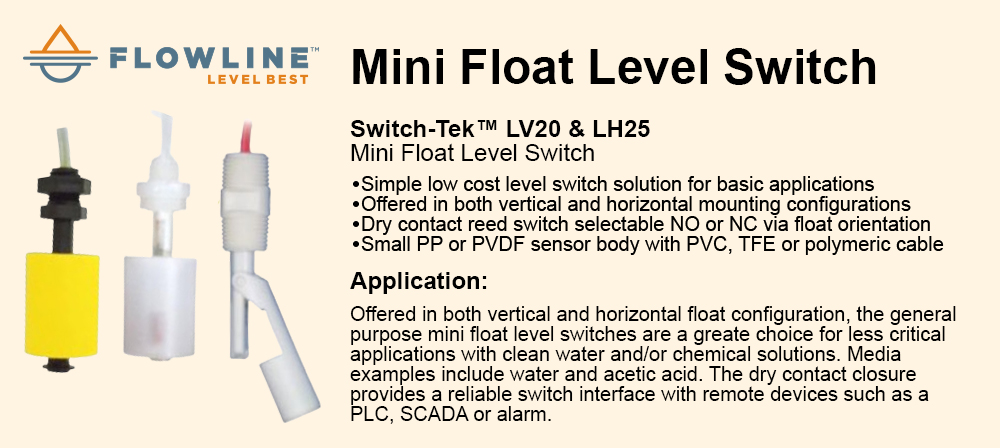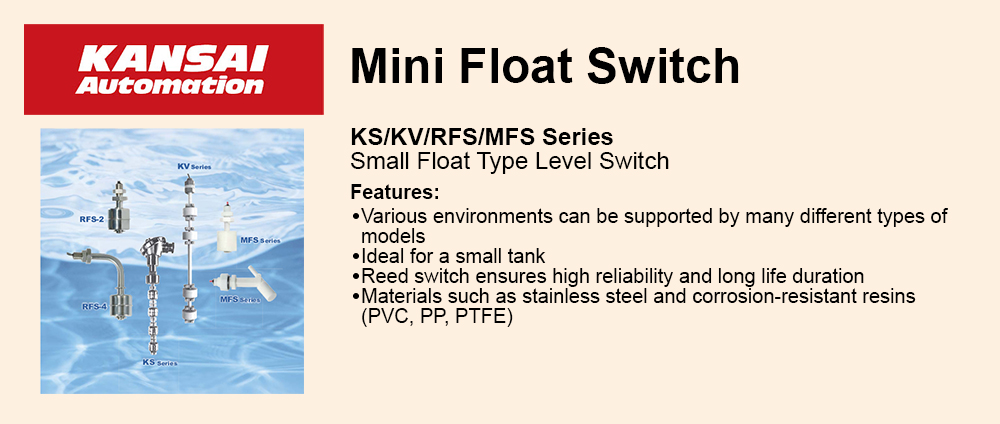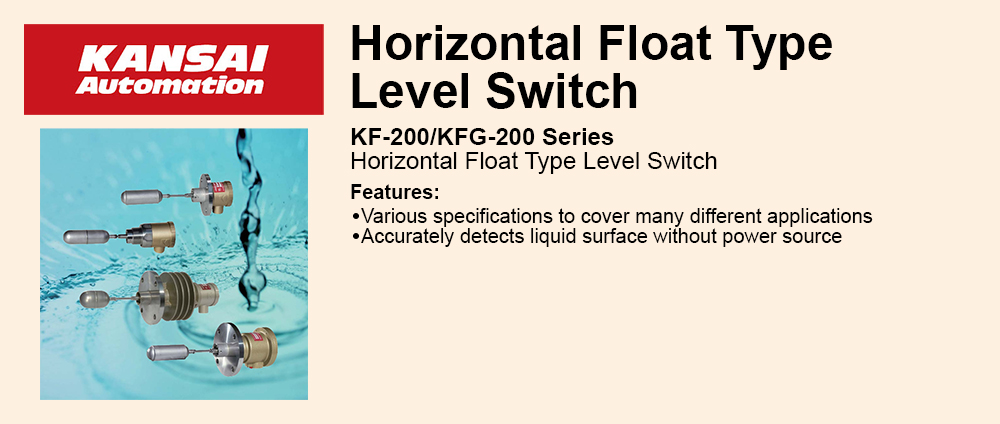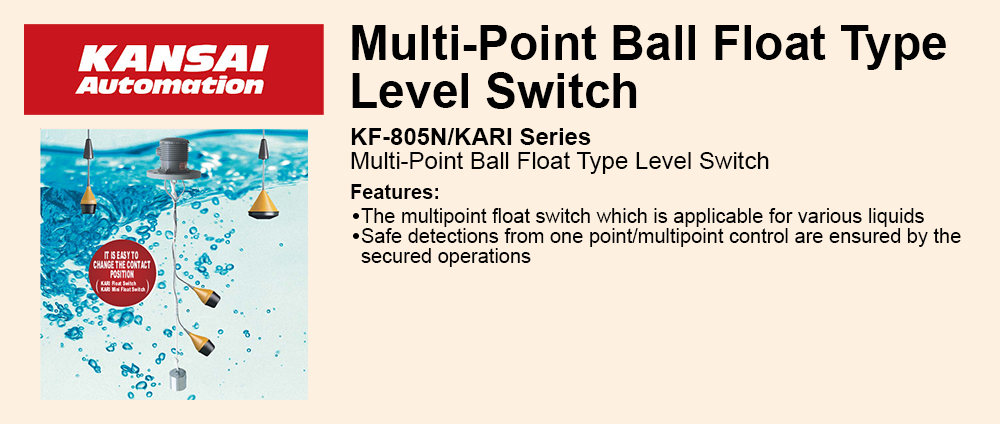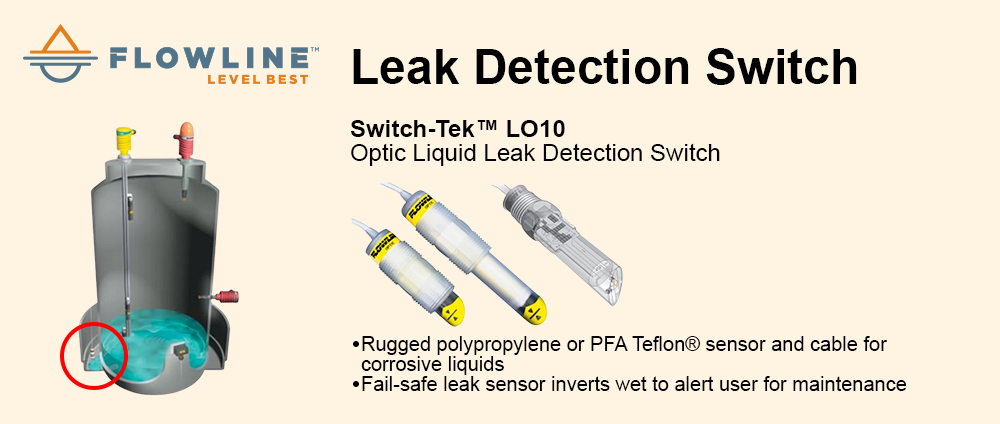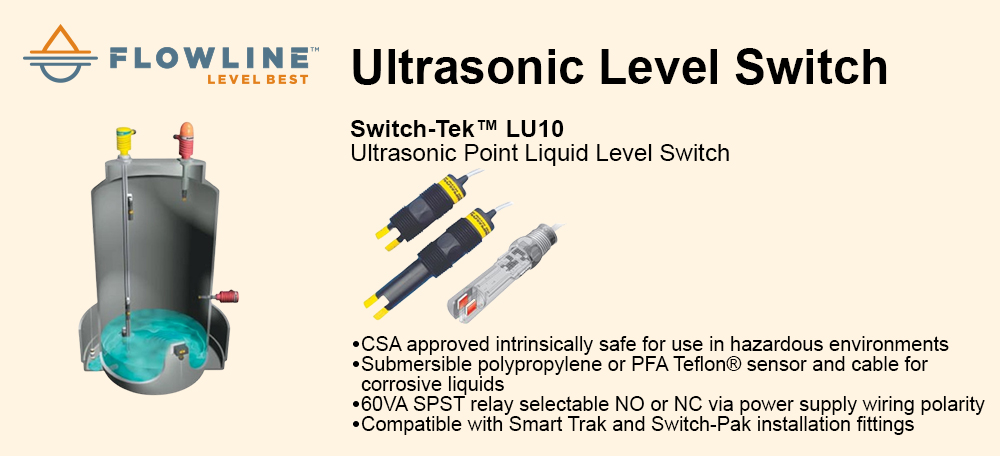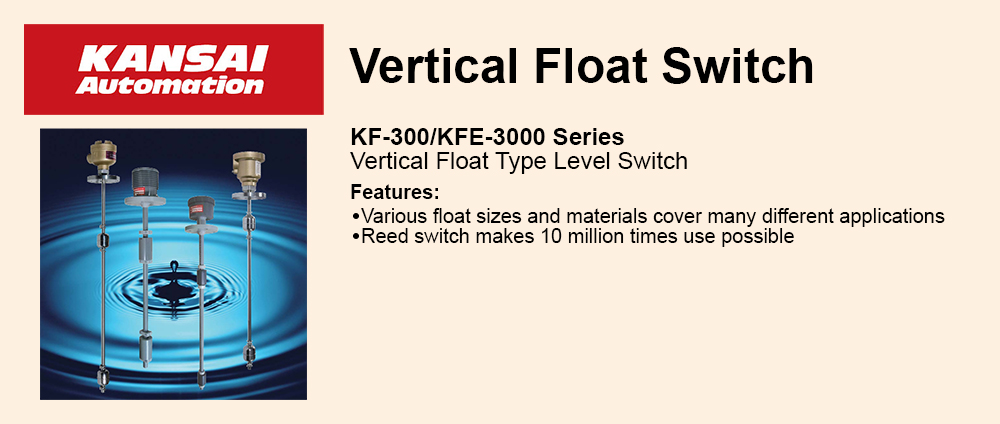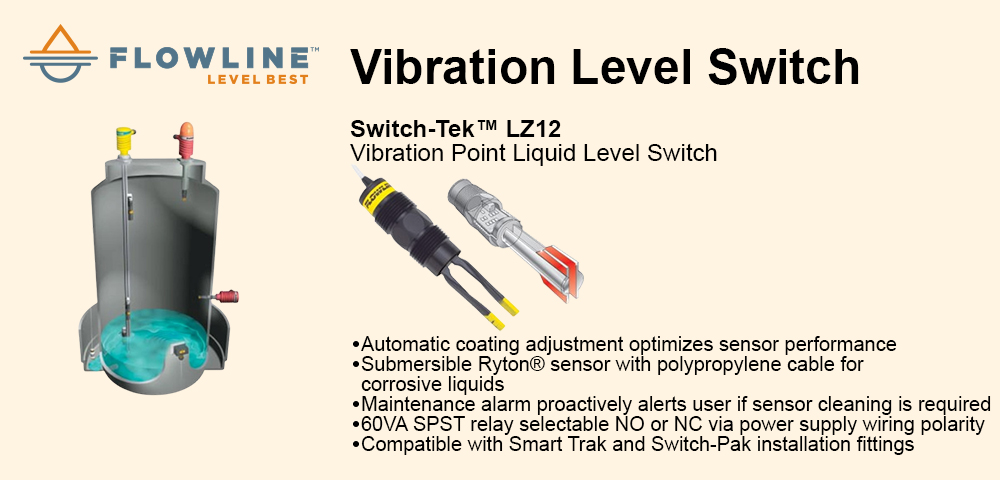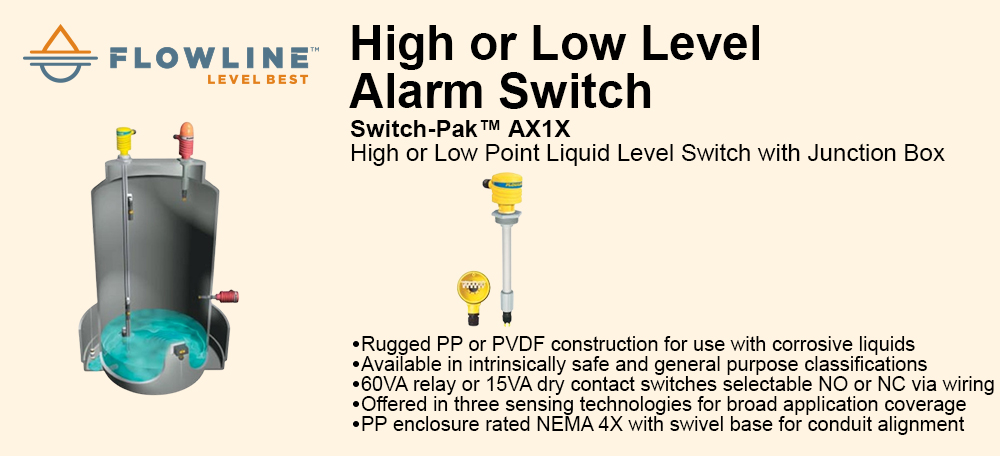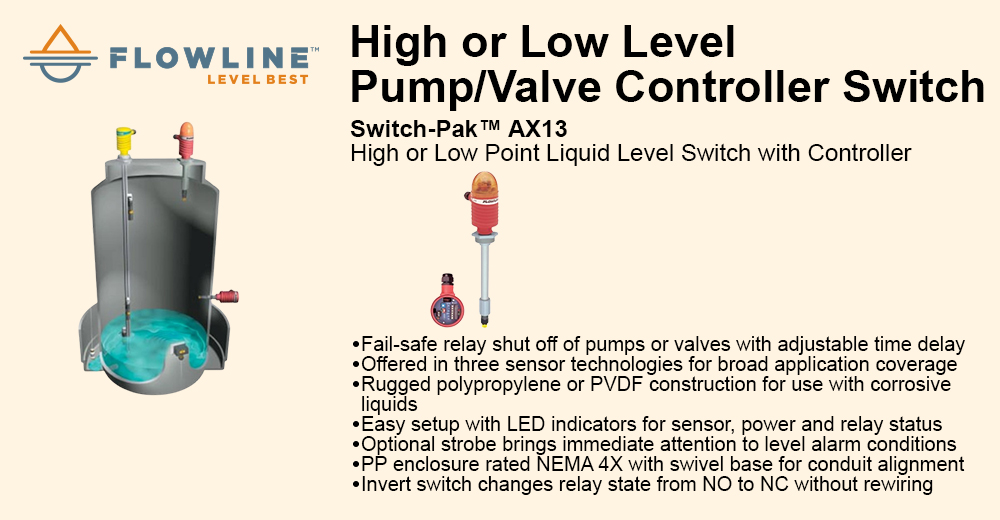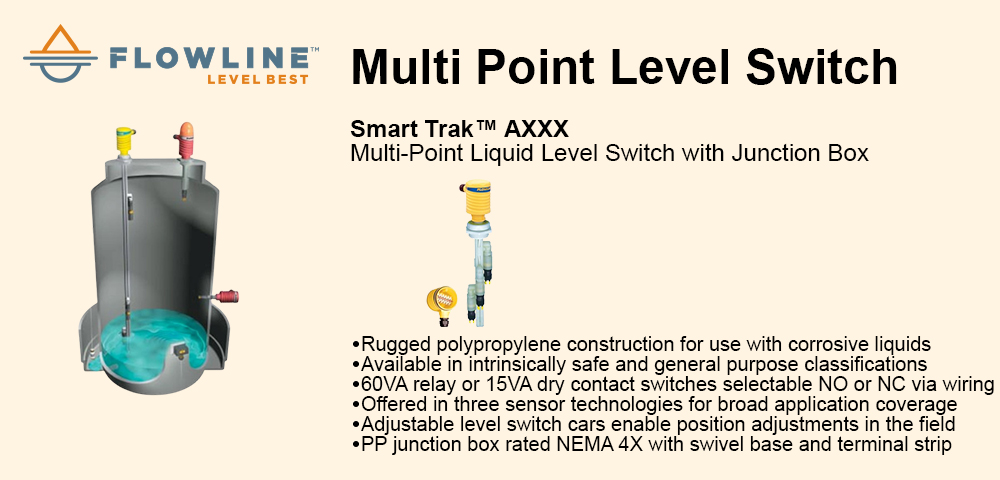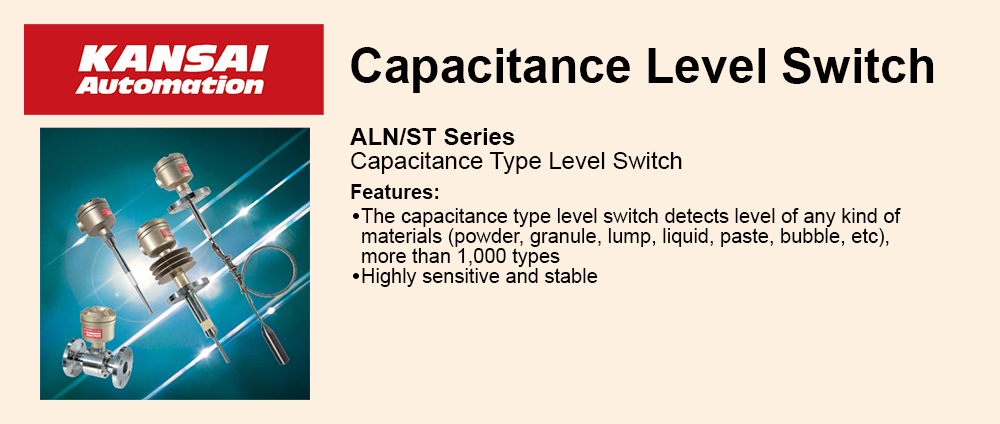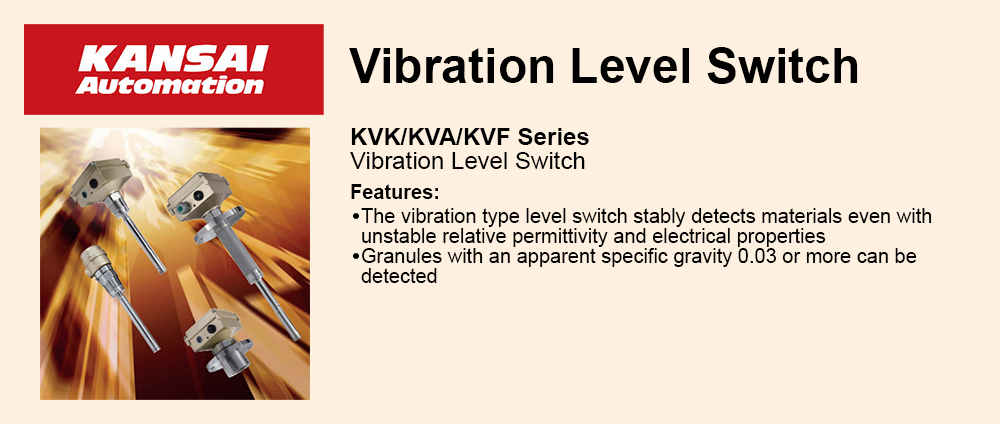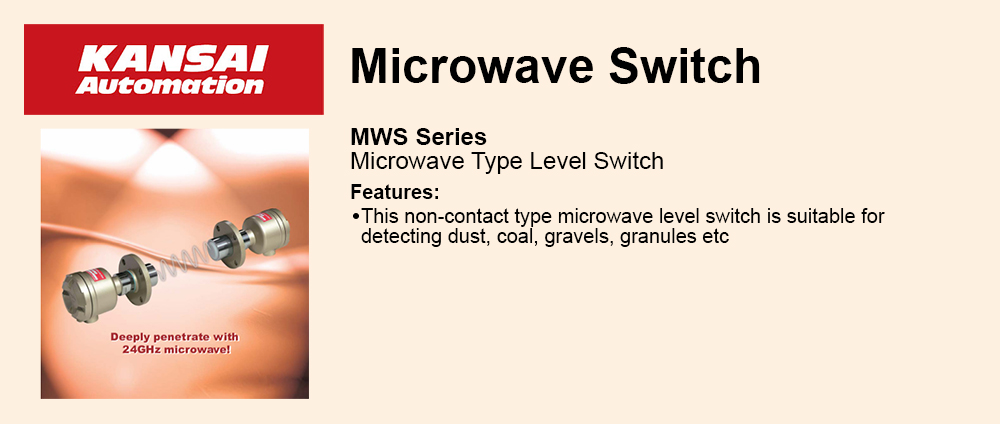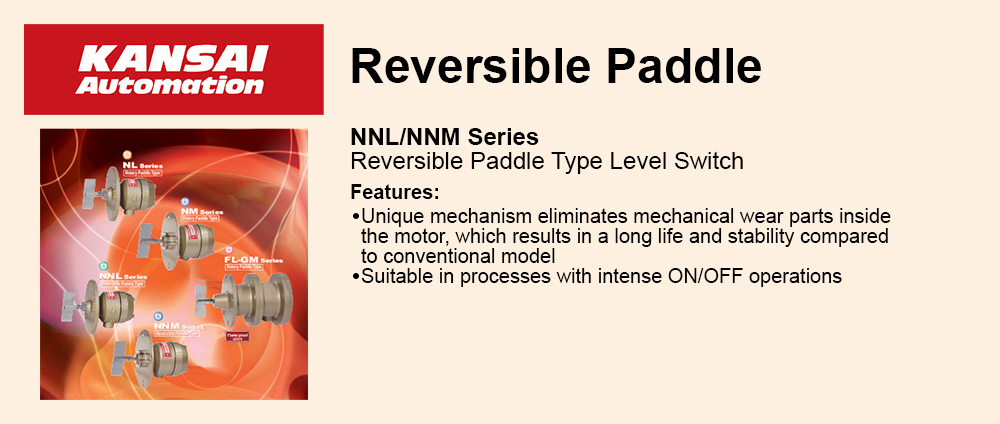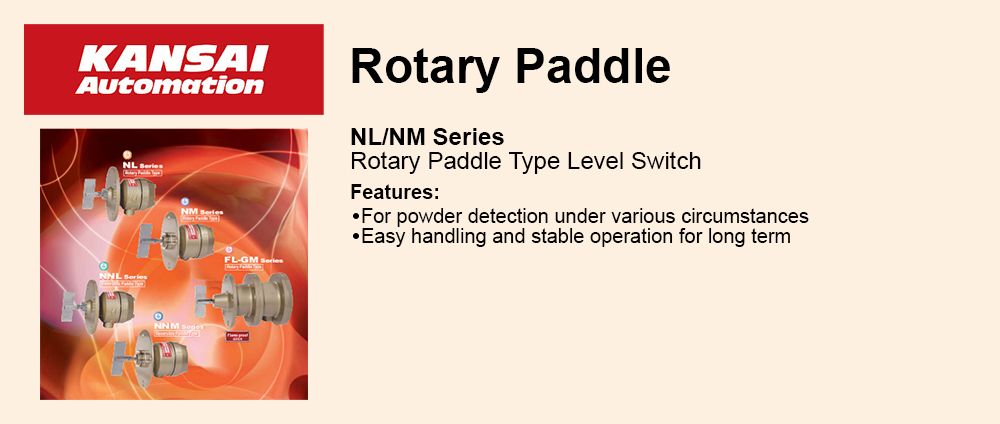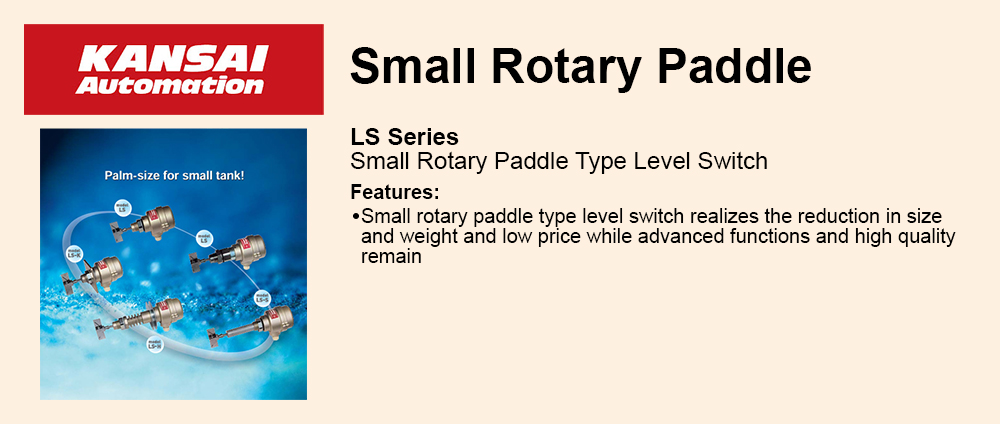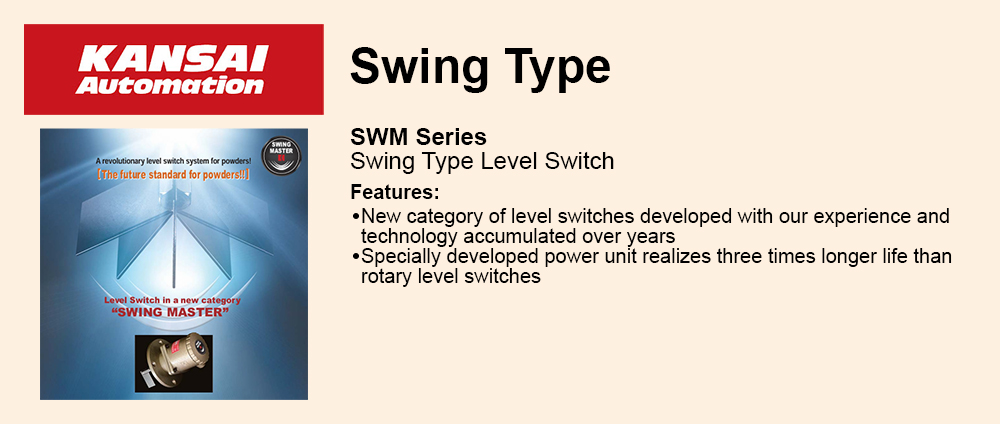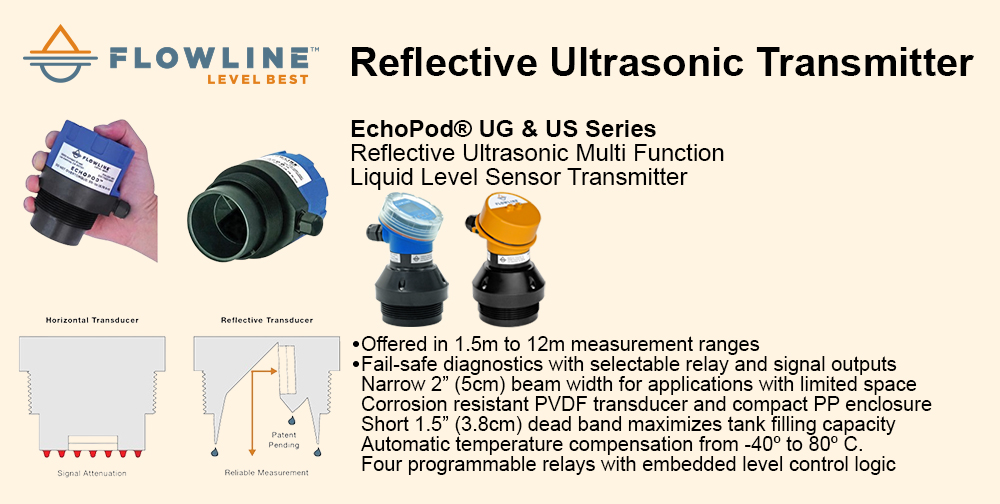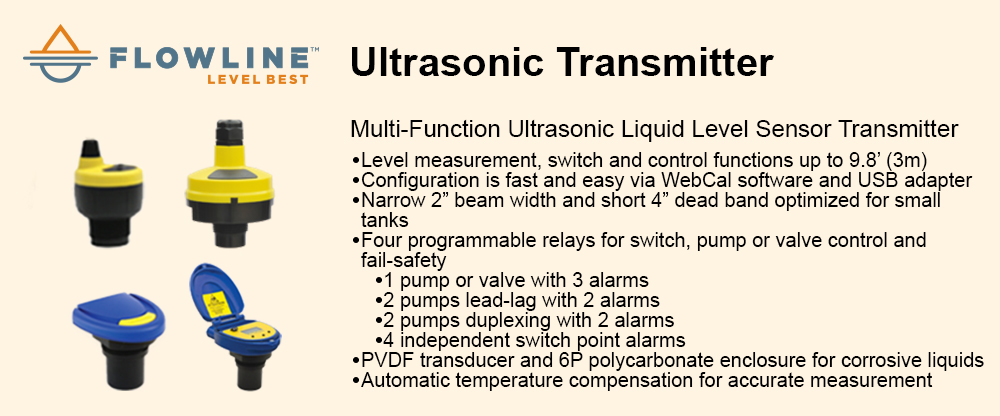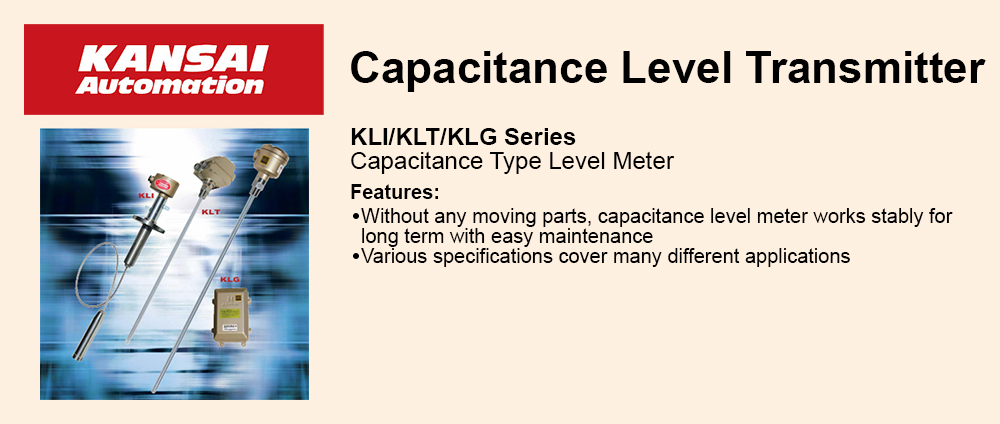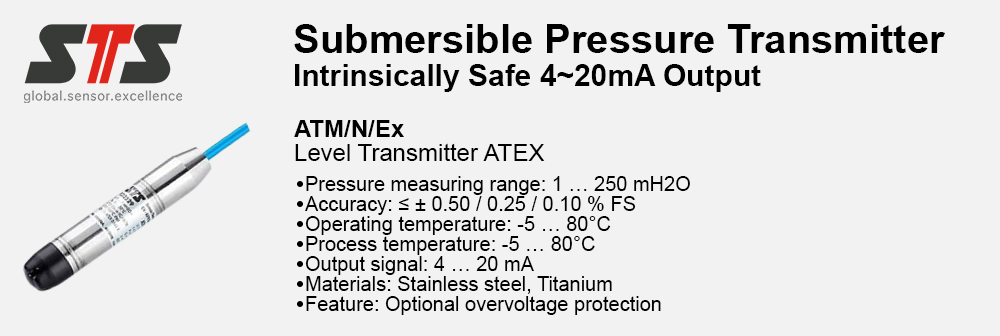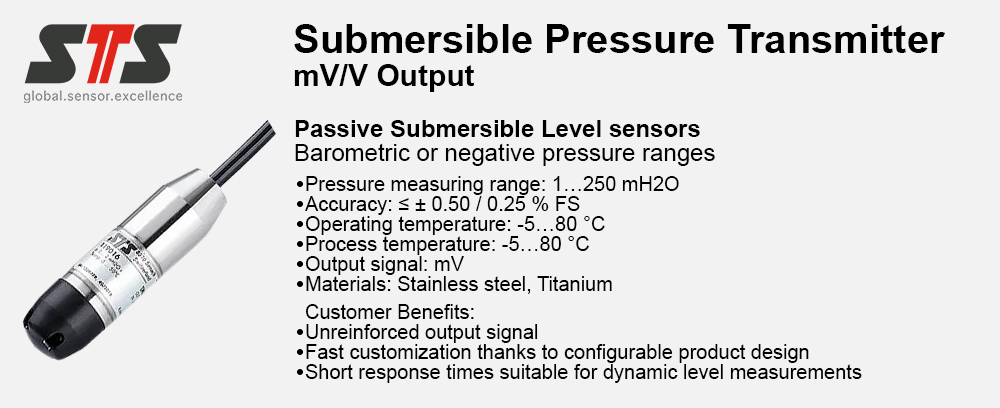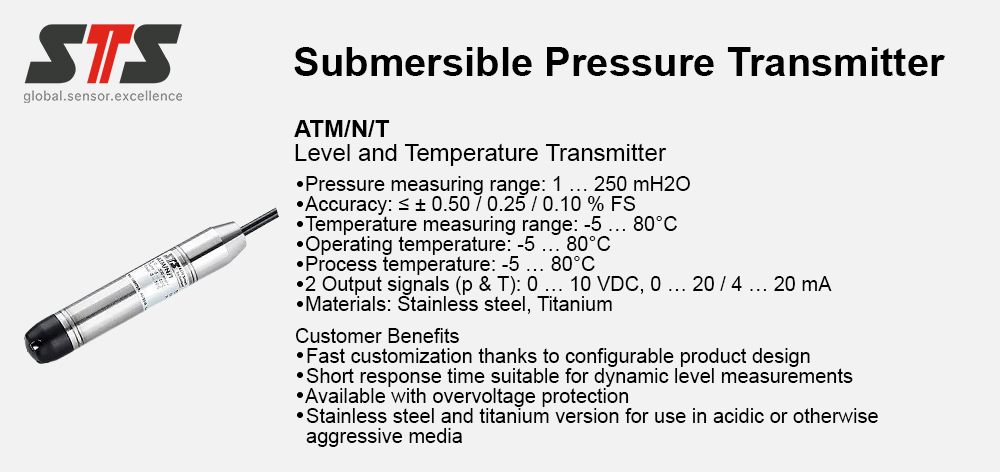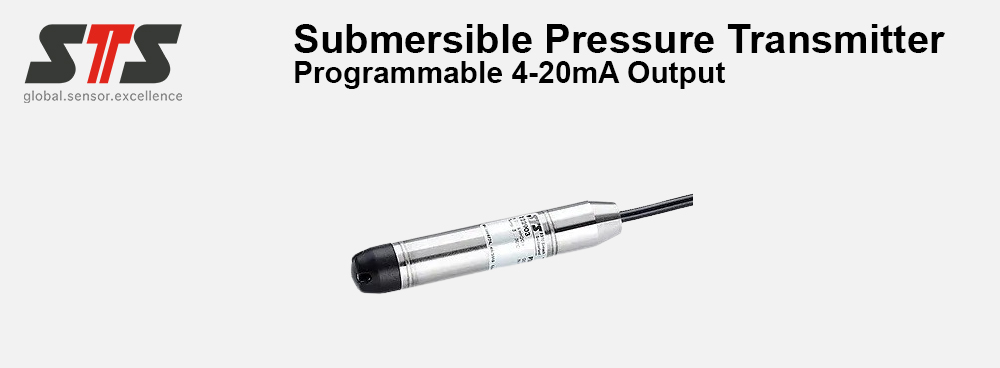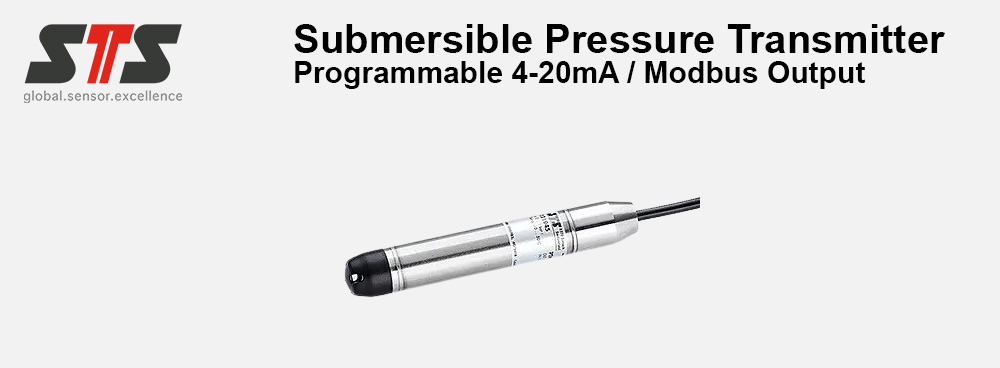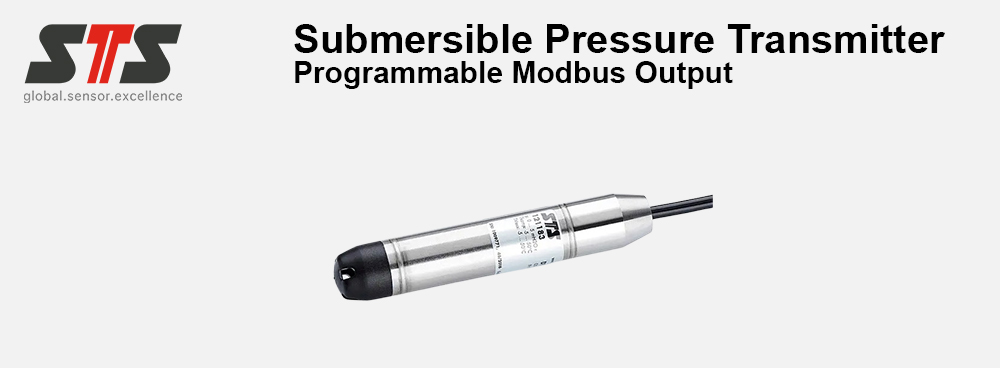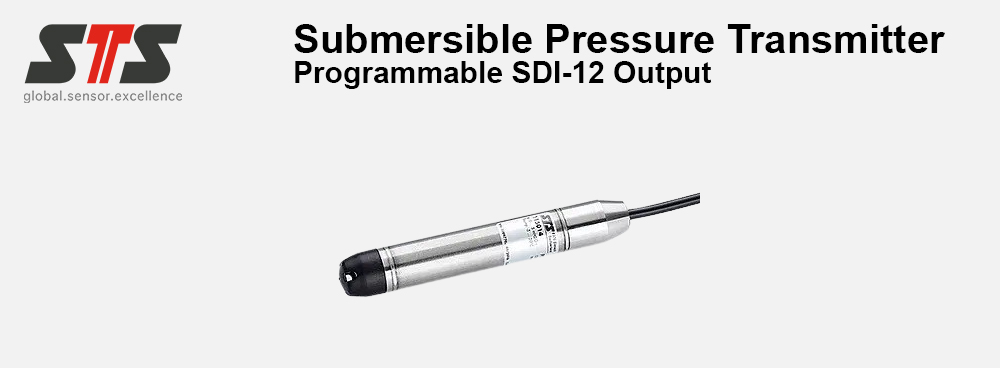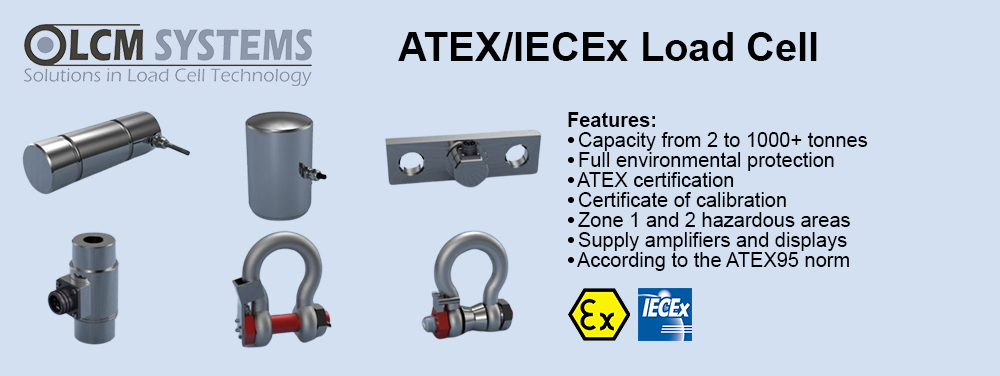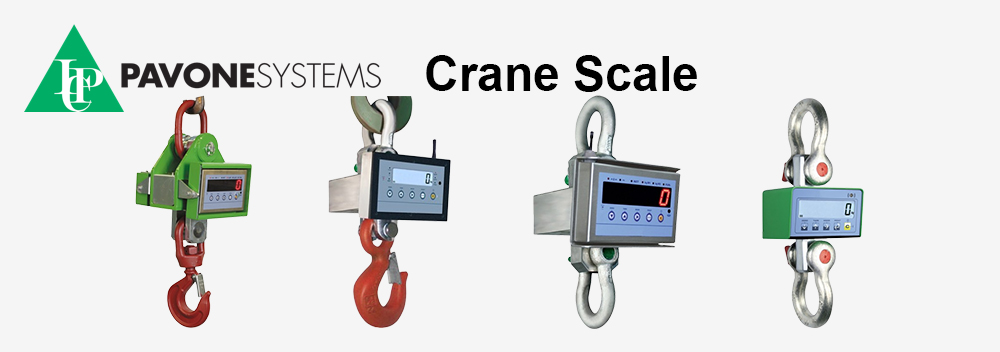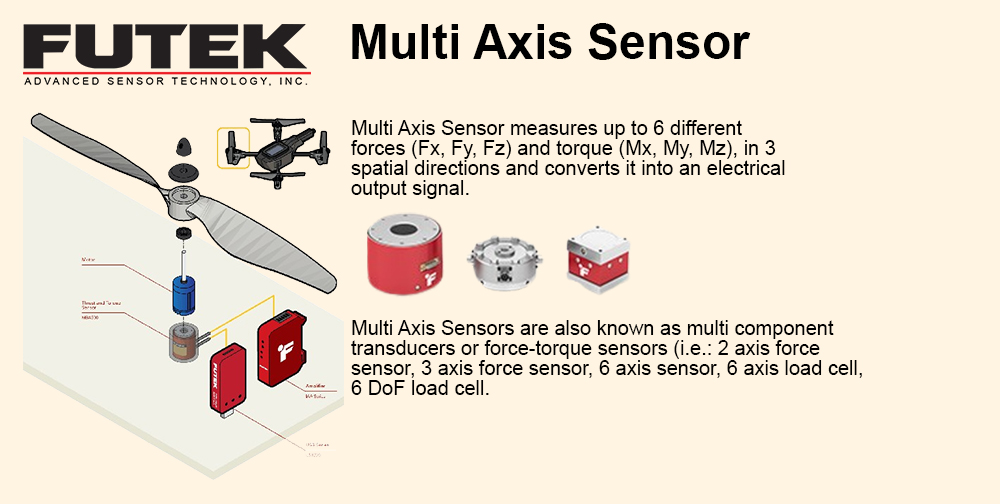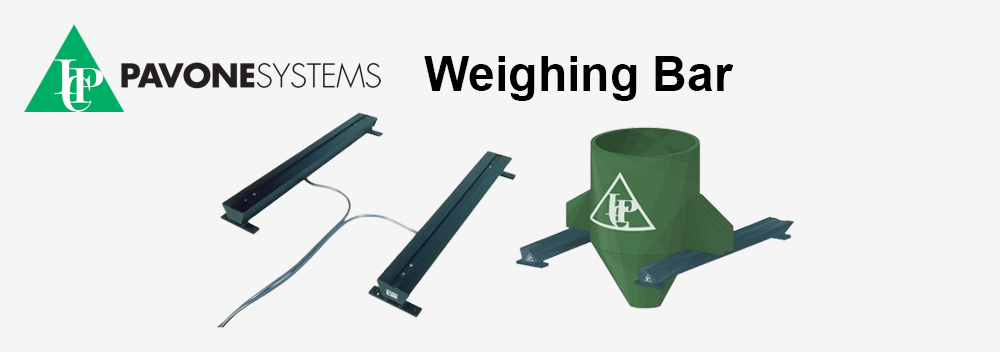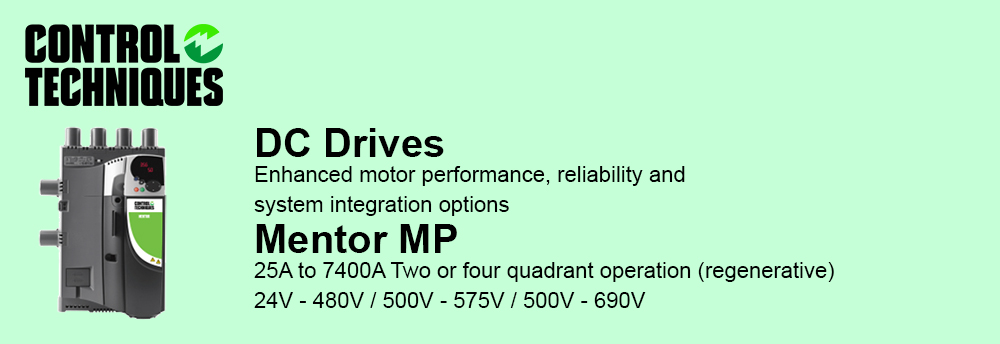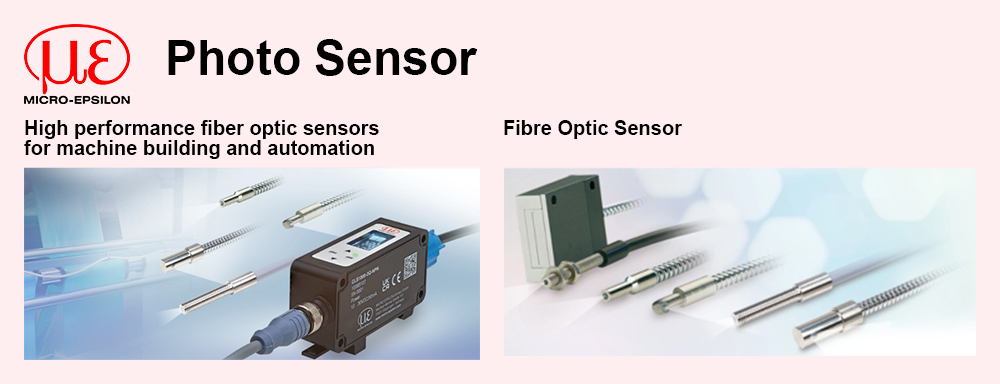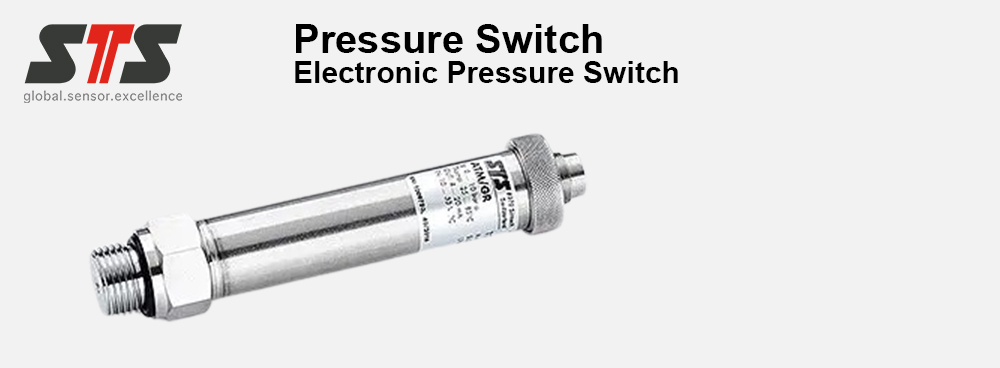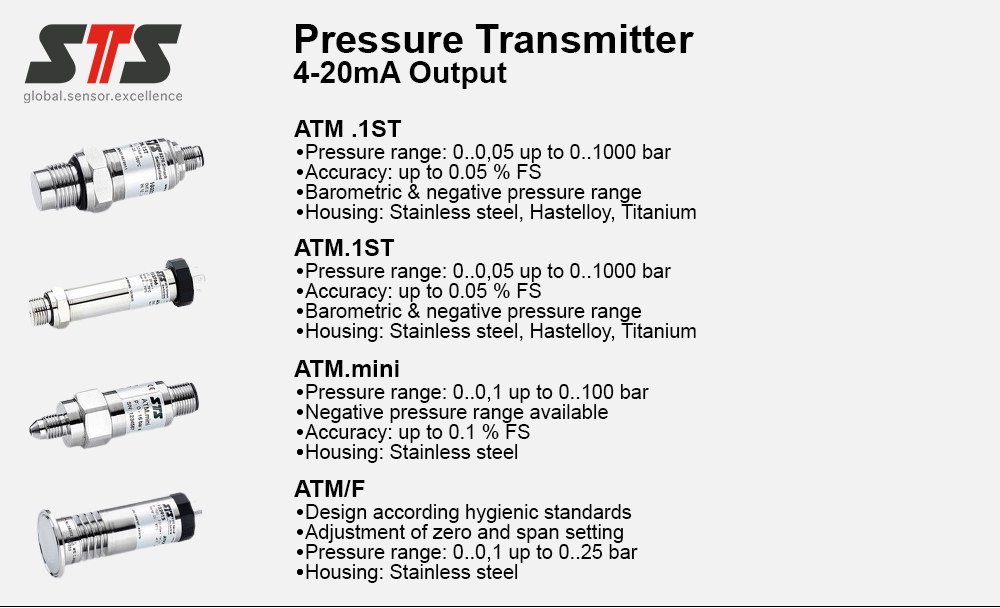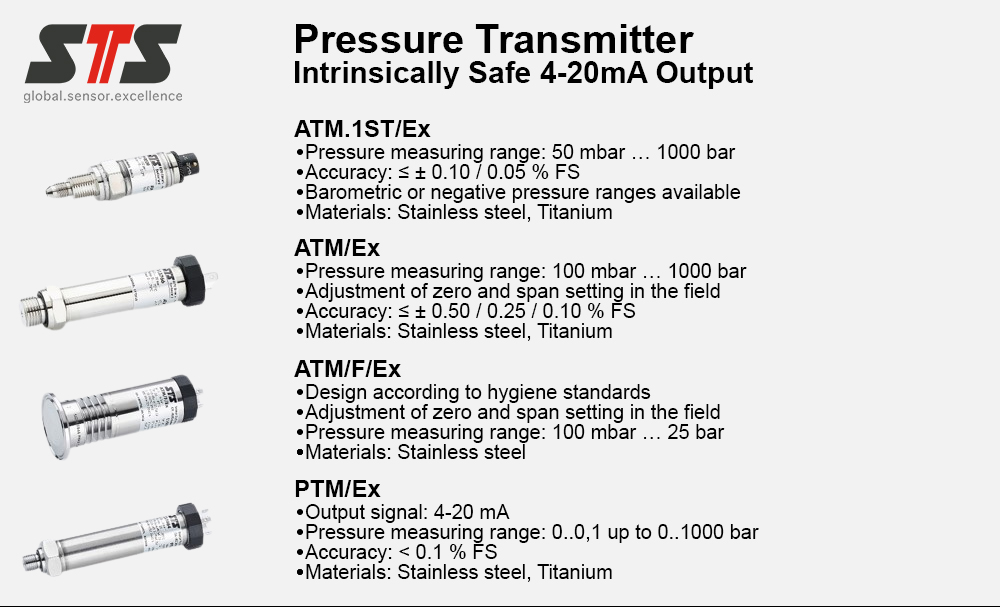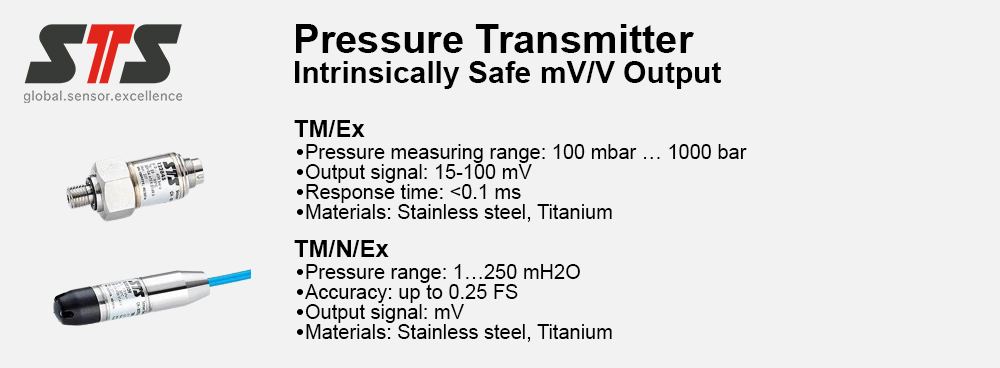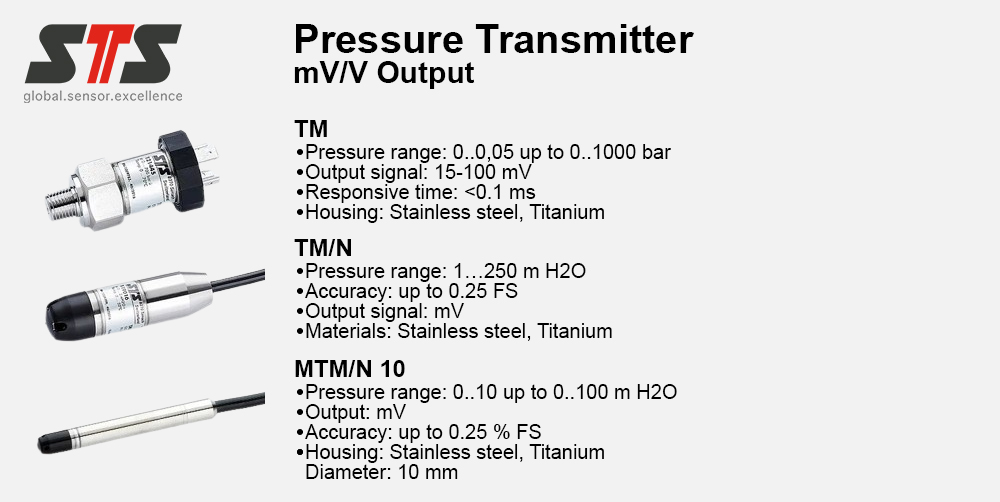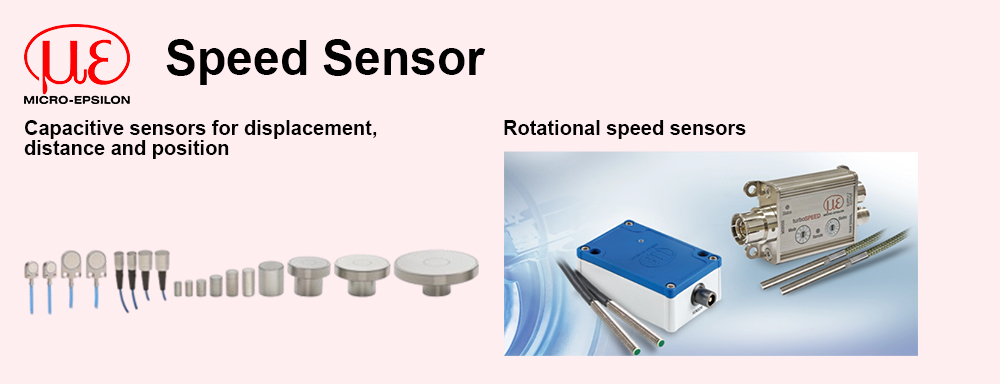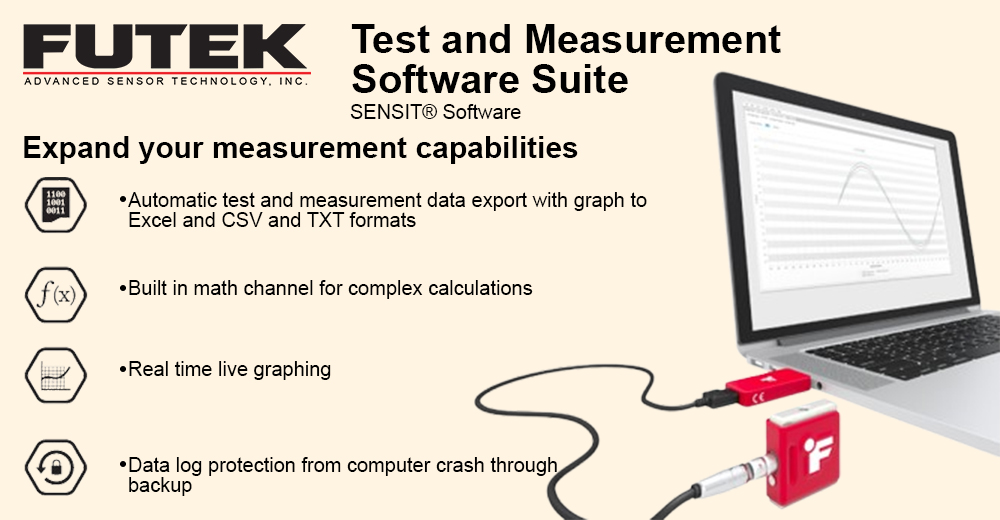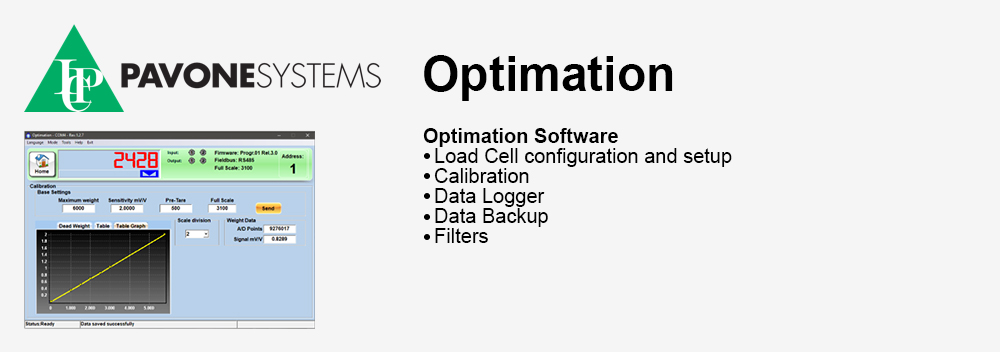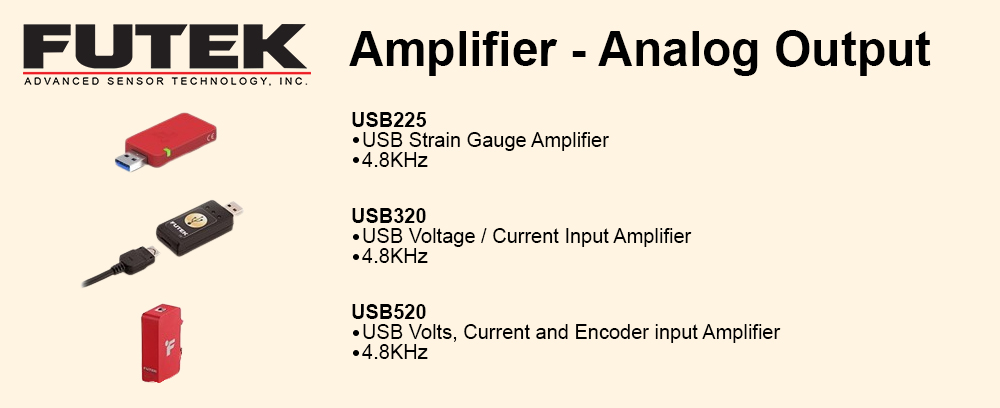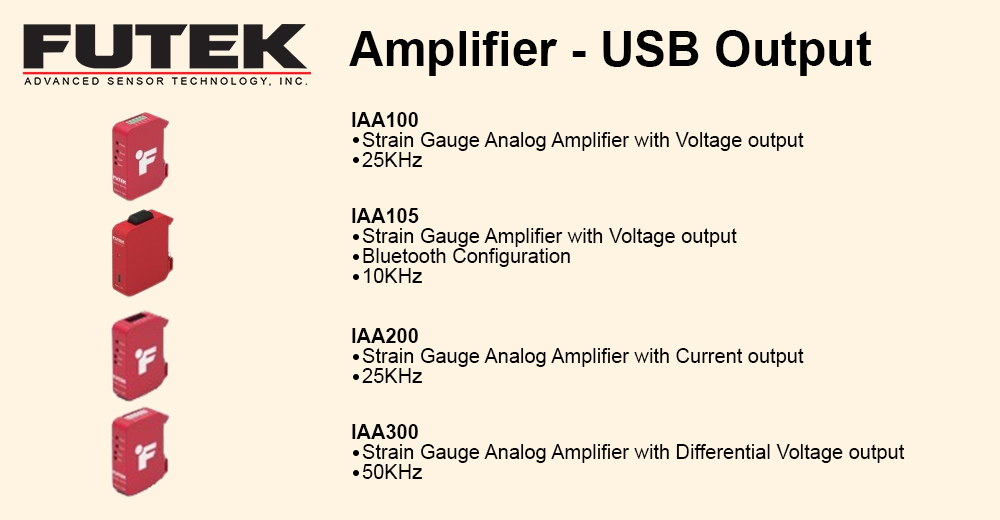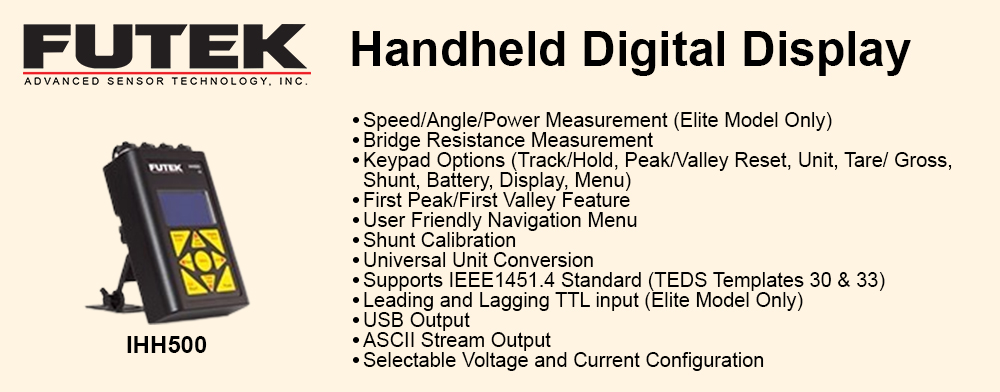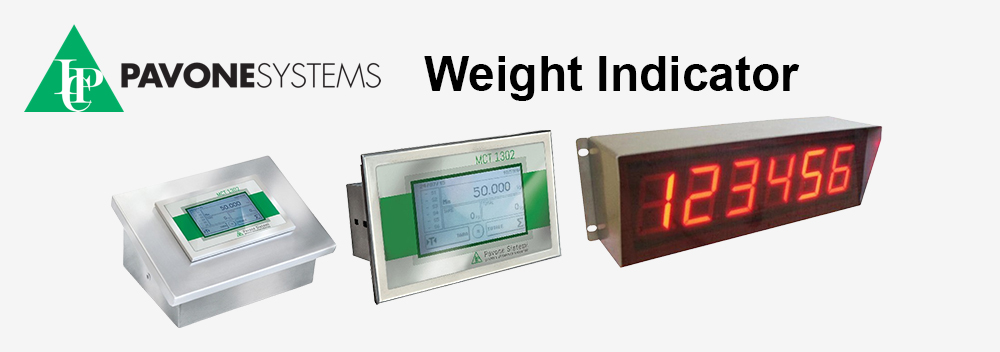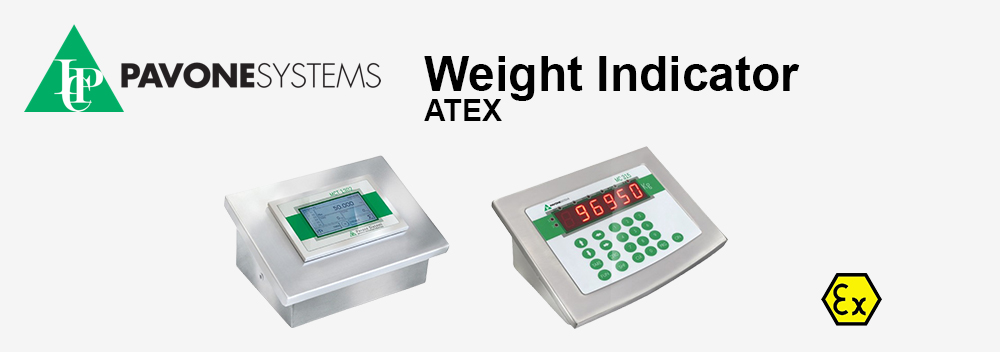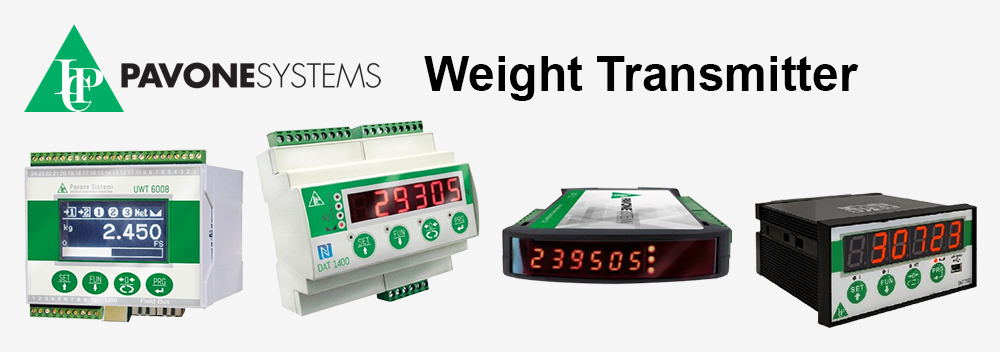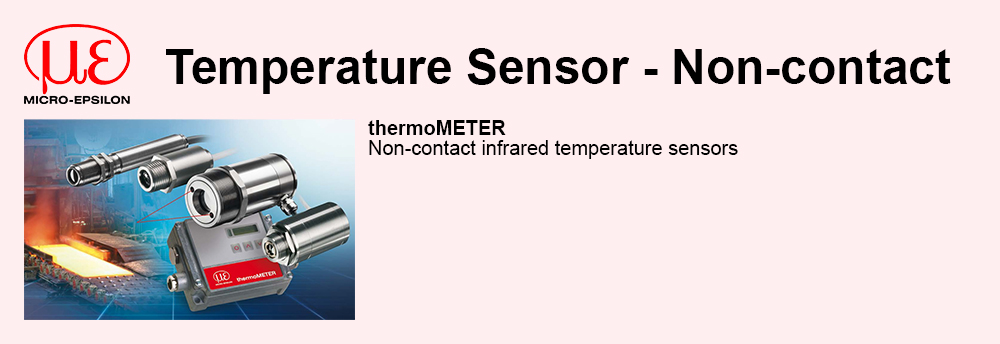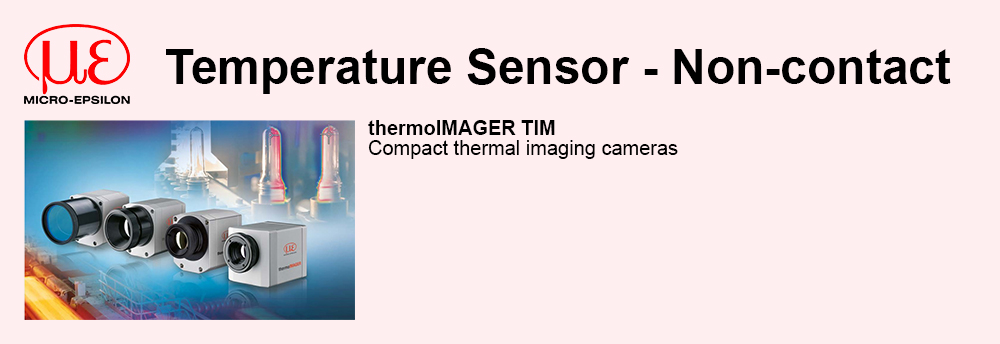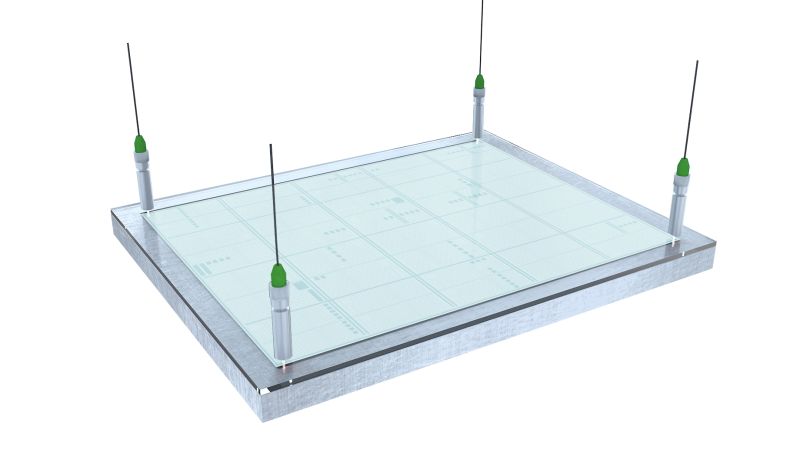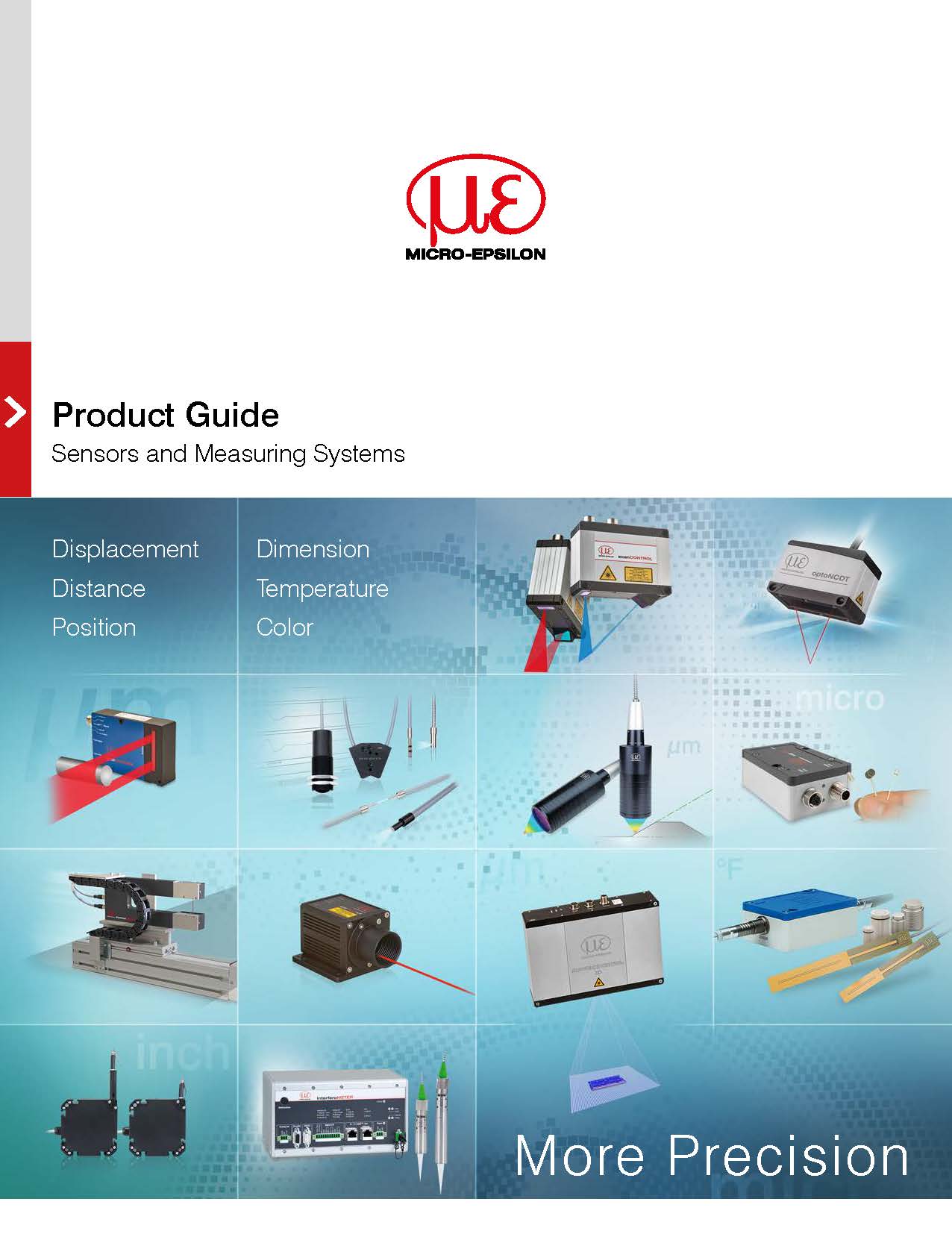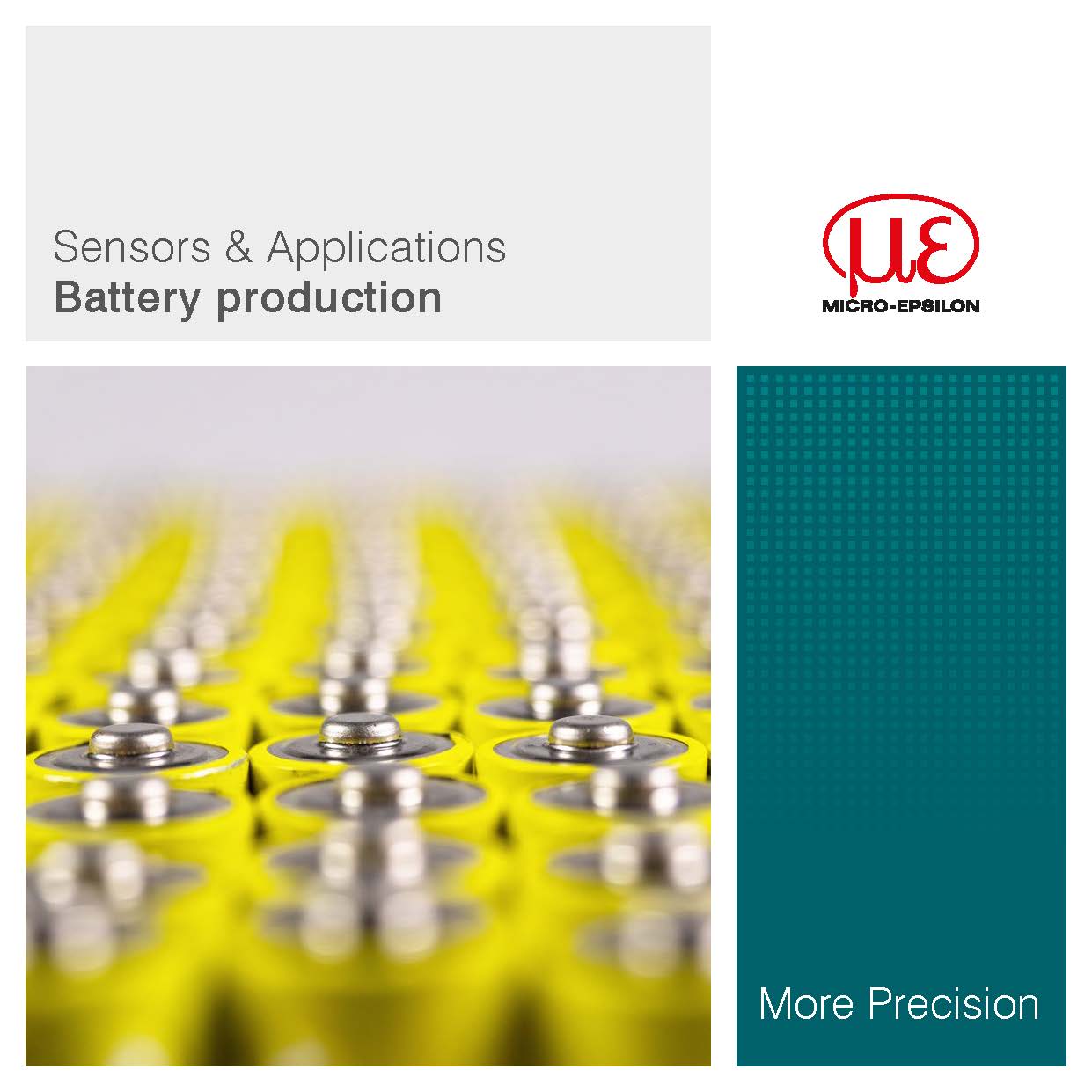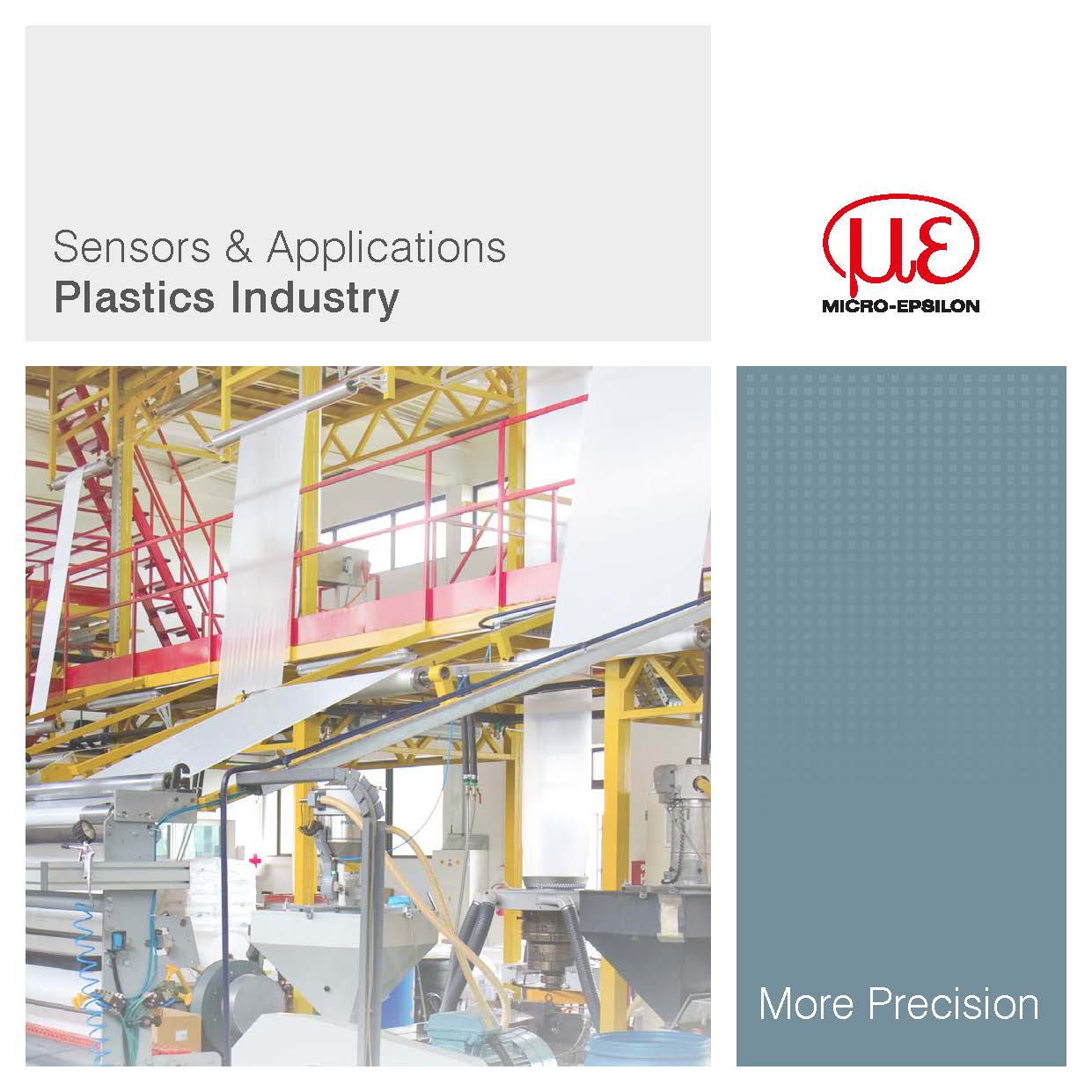Automotive test bench |
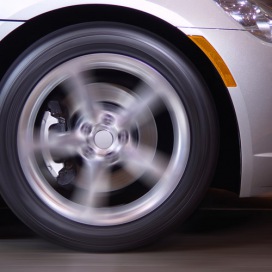 Prototypes of new models and finished makes are thoroughly tested in ongoing tests. Vehicles are examined in numerous tests on testers for complete vehicles or for individual components. Many different sensors play a supporting role for such types of tests. The sensors from Micro-Epsilon are used more and more frequently due to constant innovations and modifications of existing models if required. |
Gap measurement of brake discs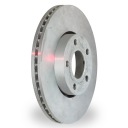 In any type of vehicle, the braking system is one of the most important safety features. This is why high requirements are placed on all braking system components. When manufacturing brake discs, the different sizes must be strictly adhered to. One critical feature is the gap between the plates of the brake disc. Therefore, the gapCONTROL 2911-25 gap sensor is used. Sensor technology applied |
| __________________________________________________________________________________________________________ |
Detection of turbocharger rotor dynamics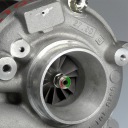 In order to inspect the behavior of turbochargers during different stress states, eddy current displacement sensors are applied in turbocharger test benches. The miniature design of the sensors and their resistance to oil and high temperatures enable the precise detection of the lubricating gap of hydrodynamically stored rotor shafts. Sensor technology applied |
| __________________________________________________________________________________________________________ |
Automotive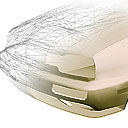 Many applications can be assigned to the automotive area. They range from automobile manufacturing itself to the various automotive suppliers. Quality assurance or automation are frequent application areas. The sensor families used range from laser sensors to eddy current sensors to inductive sensors. Sensor technology applied |
| __________________________________________________________________________________________________________ |
Measure Disc Thickness Variation (DTV) on brake discs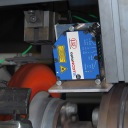 Measuring the deformation of brake discs under load while braking is an ideal task for the optoNCDT 1700BL. Due to the short wavelength of the blue-violet laser used, the light emitted from the red-hot brake does not dazzle the sensor, as the 600-nm wavelength is a long way off the 405-nm wavelength of the blue-violet laser and is effectively blocked by the high quality interference filters employed. Sensor technology applied |
| __________________________________________________________________________________________________________ |
Vibration displacement measurement in road tests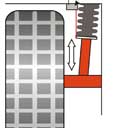 With cars, tests on the running gears form the basic requirements for driving safety. Here sensors are needed which can also withstand the high demands of road tests. As an example, draw-wire sensors are mounted in parallel to the shock absorbers for the vibration displacement measurement and the data is recorded for varying road-surface quality. The displacement signal obtained is differentiated to give the vibration velocity and vibration acceleration. Sensor technology applied |
| __________________________________________________________________________________________________________ |
Active suspension cylinder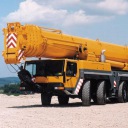 Modern mobile cranes are always employed when heavy loads must be lifted quickly and at various locations. They are used, for example, in the recovery of broken down trucks. The field of operation is not restricted to paved surfaces, but also includes deployment in open terrain. Therefore, these cranes possess an adaptive design of running gear in which the suspension of each independent axle can be adapted to the relevant terrain. This is implemented using a suspension cylinder which is fitted with a displacement sensor. The sensor acquires the cylinder stroke and consequently enables the best possible adaptation to the form of the terrain. Sensor technology applied |
| __________________________________________________________________________________________________________ |
Vehicle distance to the road surface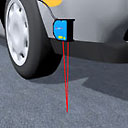 The tilting and the driving behavior are often examined in driving tests with automobiles. Optical laser sensors are ideally suitable for this. They are mounted outside on the body shell and measure the distance from there to the road surface. The high measuring rate ensures a sufficient signal for evaluation of the road position of the vehicle. Sensor technology applied |
| __________________________________________________________________________________________________________ |
System for testing the risk of creaking with combinations of materials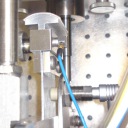 Ziegler Instruments in Mönchengladbach, Germany develops and manufactures test systems that are able to predict the risk of creaking noises due to stick-slip vibrations. In this way, the movement of different material combinations relative to each other - so-called „stick-slip“ - can be examined. For example, a passenger car driving for 100,000km can be simulated in the laboratory in just a few hours. Sensor technology applied |
| __________________________________________________________________________________________________________ |
Profile sensor for tire measurement on the test rig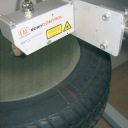 Tire properties are crucial for safety, driving response and comfort in modern automobiles. To ensure constant quality at the highest level 100% inspection of tires is already required in production. Apart from dynamic stress tests, the acquisition of bulges, constrictions and impacts is of primary importance. Sensor technology applied |
| __________________________________________________________________________________________________________ |
Tester for (railway) wheel rim measurement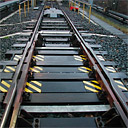 Testers are integrated in the track bed for the wear control of wheel rims on trains. The profile is checked during the passage of the train. Point-type and line-type lasers measure the diameter and the profile of the wheel. Thus, a precise statement of when the wheel must be reprofiled is possible. The measuring technology thereby is exposed to all weather influences. Sensor technology applied |
| __________________________________________________________________________________________________________ |
Tire surface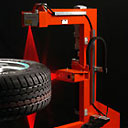 Three laser scanners from the scanCONTROL series measure the surface profile of tires. The turnkey tester is at the end of the production line where each tire is examined for dents and bulges. The tire is clamped and rotated by 360° within one second. Lettering and symbols are recognized by the software and not assessed as bulges. The process takes place completely automatically and makes a 100% check possible. The tire is reintroduced back into the production process after completion of the testing. Sensor technology applied |
| __________________________________________________________________________________________________________ |
Tire measurement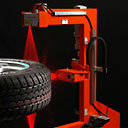 A 100% quality control is indispensable in tire production for vehicles. Tires without defects make an important contribution to vehicle safety. Measurement by laser scanner in contrast to point laser sensors or capacitive sensors is new for quality controls of the tires. Laser scanners inspect the surface of the tires for production defects within one second. The dimensions, size and lettering of the tires can be checked at the same time. Sensor technology applied |
| __________________________________________________________________________________________________________ |
Measuring vibrations on an engine manifold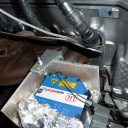 Optimizing the processes within an internal combustion engine is becoming increasingly important in this day and age. A whole series of measurements is vital for engine management purposes. The temperature of the exhaust gas is one important source and is recorded using a thermocouple within the manifold. To check the way it is attached, it is necessary to examine the propensity to vibrate, as well as the mechanical rigidity of the structure. This is an application where the blue laser comes to the fore. Sensor technology applied |
| __________________________________________________________________________________________________________ |
Test facility for shock absorbers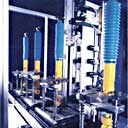 After production the shock absorbers pass through a quality inspection facility on a transport system. Here, they are inspected for dimensional conformance, material faults and the presence of certain features. Two laser-based optical displacement sensors and appropriate CCD cameras enable the measurement of up to eight absorbers per minute. New types of absorbers can be quickly evaluated through the special teach-in routines. With the vertical and horizontal travel of the sensor, scanning of the circular contour, for example on the black rubber inserts on the knuckle eyes, is possible. Impermissible cracks or blow-outs are reliably detected. If quality defects are found, a shock absorber is provided with a fault printout on adhesive labels and included in the quality statistics. Sensor technology applied |
| __________________________________________________________________________________________________________ |
Camber / toe angle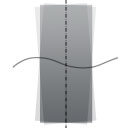 The camber or the toe angle is often adjusted during the service life of a passenger car. It is also often necessary to check the adjustments in the development phase. A laser line is projected from the axis onto three CCD arrays for this. The receiving elements are arranged in a triangle and can calculate the camber and toe angle depending on the position of the line. |




